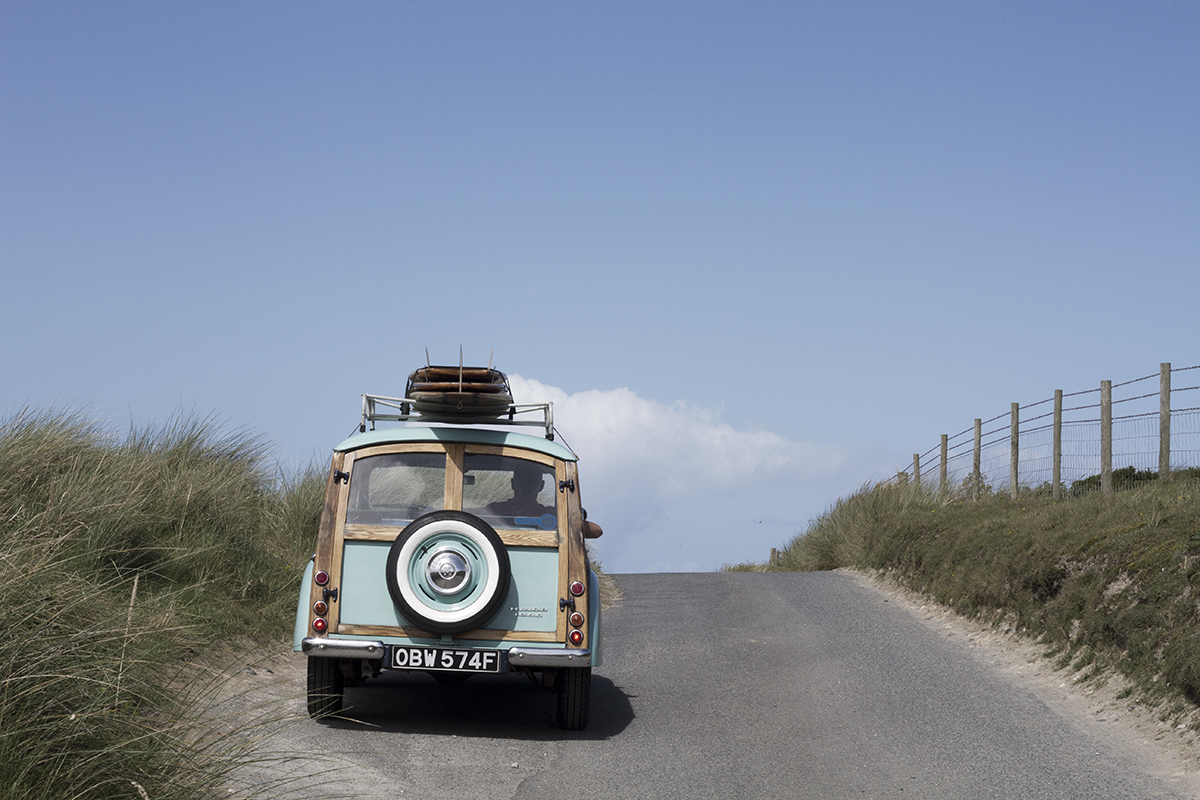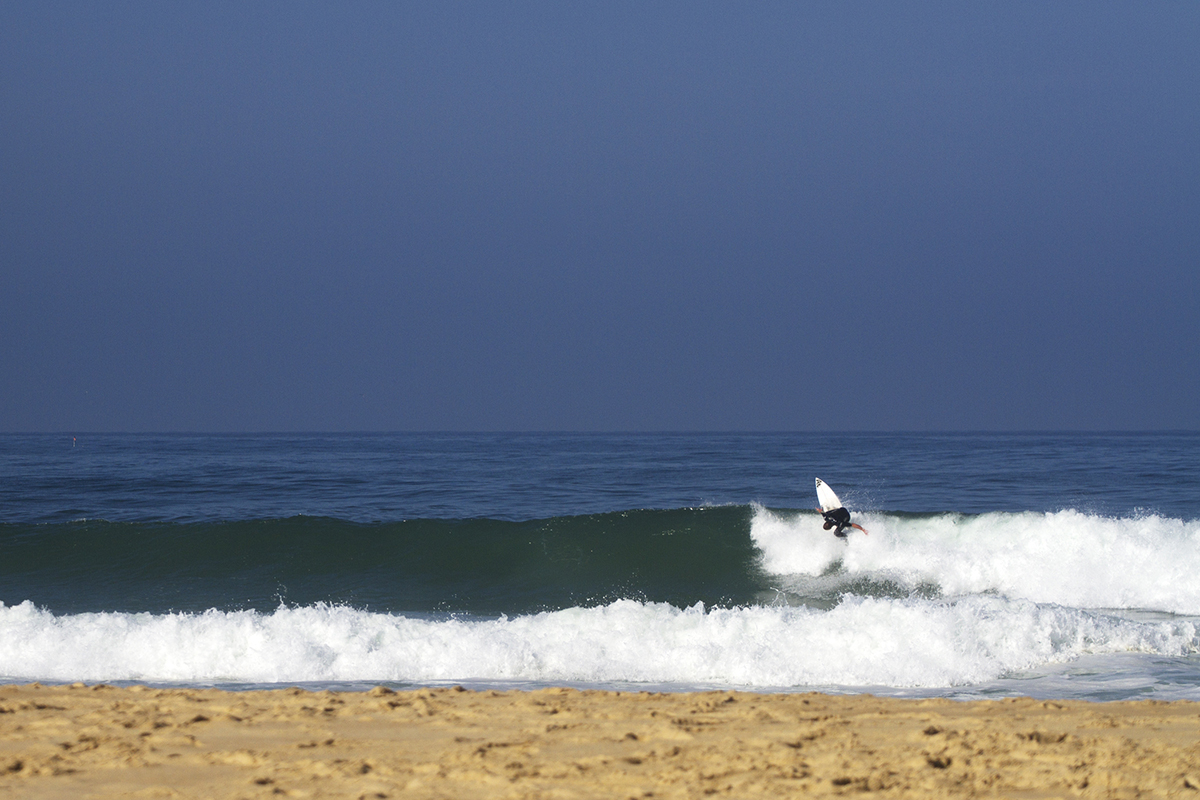Posted on May 8, 2016
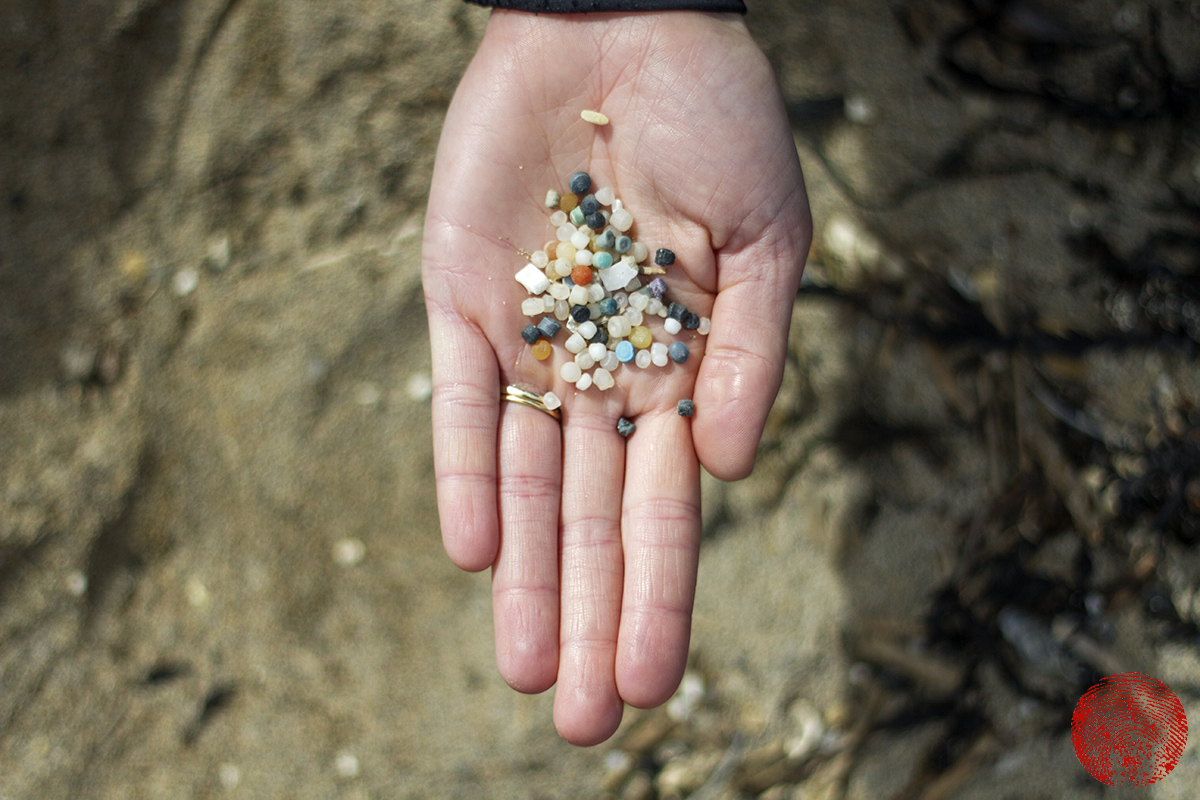
Mermaids’ tears are kind of a cute nickname for what are actually one of the greatest scourges on the marine environment: nurdles. Nurdles are the tiny pre-production plastic pellets, less than 5mm in diameter, which are used in the manufacturing of everyday plastic products – injection moulded items such as bowls, bins, etc etc… They end up in our seas and on our beaches due to spillages, either during transportation or at the facilities that turn them into end-user products, and wash down drains, eventually ending up in the marine environment. Here, they slowly absorb background pollutants (like DDT and PCBs), and are often mistakenly eaten by marine life and seabirds that mistake nurdles for their food source – the eggs of other fishes, for example. Around the British Isles, and Scotland in particular, the puffin is feared to be one of the species most at risk as a recent study revealed that around 15% of puffins have plastic in their bodies.
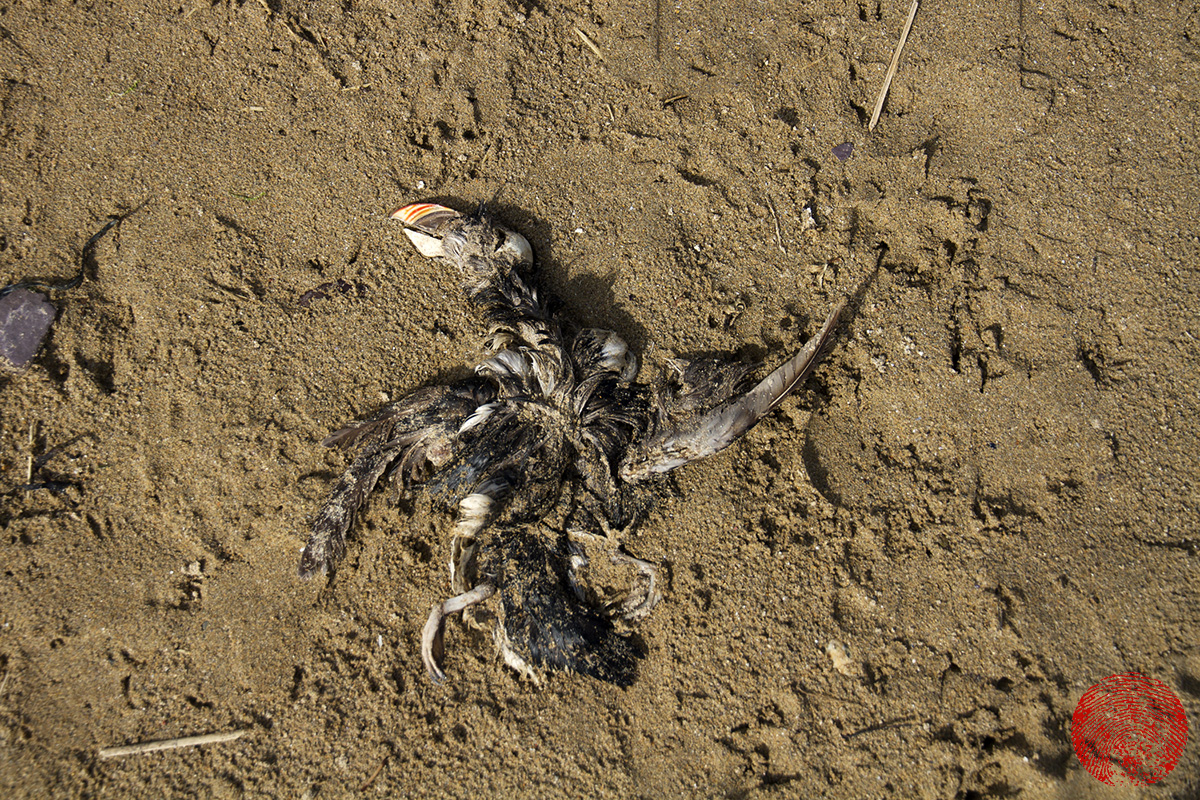
The main problem with nurdles is that they are so small as to often avoid detection, and to make collecting and removing them from our beaches really difficult and time-consuming. Have a look around the high tide line next time you’re on the beach and there’s a fair chance that you’ll find a few tiny plastic pellets (about the size of a lentil) that are pretty fiddly to pick up (you should wear gloves, too). It’s much easier to address the issue at source, and to prevent them from getting there in the first place. Operation Clean Sweep is an international programme designed by the plastics industry (and supported by The British Plastics Federation and PlasticsEurope) in which companies that sign-up pledge to take steps to address and reduce spills, and are given advice on how to do so.
At the recent Surfers Against Sewage Big Spring Beach Clean event at Porthtowan a few weeks ago, several of us spent a long time concentrating on a very small patch of beach (just a couple of metres square), painstakingly picking out the nurdles. Within the watershed that empties at Porthtowan, just a few miles away on an industrial estate on the outskirts of Redruth, Curver Plastics have a factory that uses nurdles in the production of injection molded plastic products. To my surprise, when I posted an image to social media with an accompanying mini rant (and tagged them in), I received the following (although somewhat predictable) response:
“As a responsible local manufacturer we believe plastics should not end up in the oceans and marine litter is not acceptable. Our site uses interceptors that isolate solid waste from the storm drains prior to waste water leaving the site. They are maintained and emptied in line with industry guidelines and are regularly monitored. We have invested heavily in energy efficient equipment over the past 2 years to minimise our impact on the environment, resulting in 12% reduction in energy use and 40% reduction in water consumption. We recycle our waste plastic back into our processes and purchase recycled materials whenever possible. Any residual plastic is sent to recycling companies for reuse in other forms of manufacturing. We would like to extend an invitation for you to visit our Redruth site and see first-hand the processes we have in place.
The Curver® Team”
Now, I have actually visited their factory in the past (on an educational visit, back when I was a teacher), and I’m sure that they do follow industry guidelines. But, is that enough? Surely, if a local beach is littered with nurdles (I’d guess an above average number, and none are acceptable) then the responsibility must lie at their door. I wonder whether they’ll do anything other than place some meshed-traps in their drains, and perhaps begin sending members of their management team down to future beach cleans until such time as the number of nurdles on Porthtowan is drastically reduced thanks to their on-site measures? It’d be a nice start, wouldn’t it?
Posted on February 21, 2016
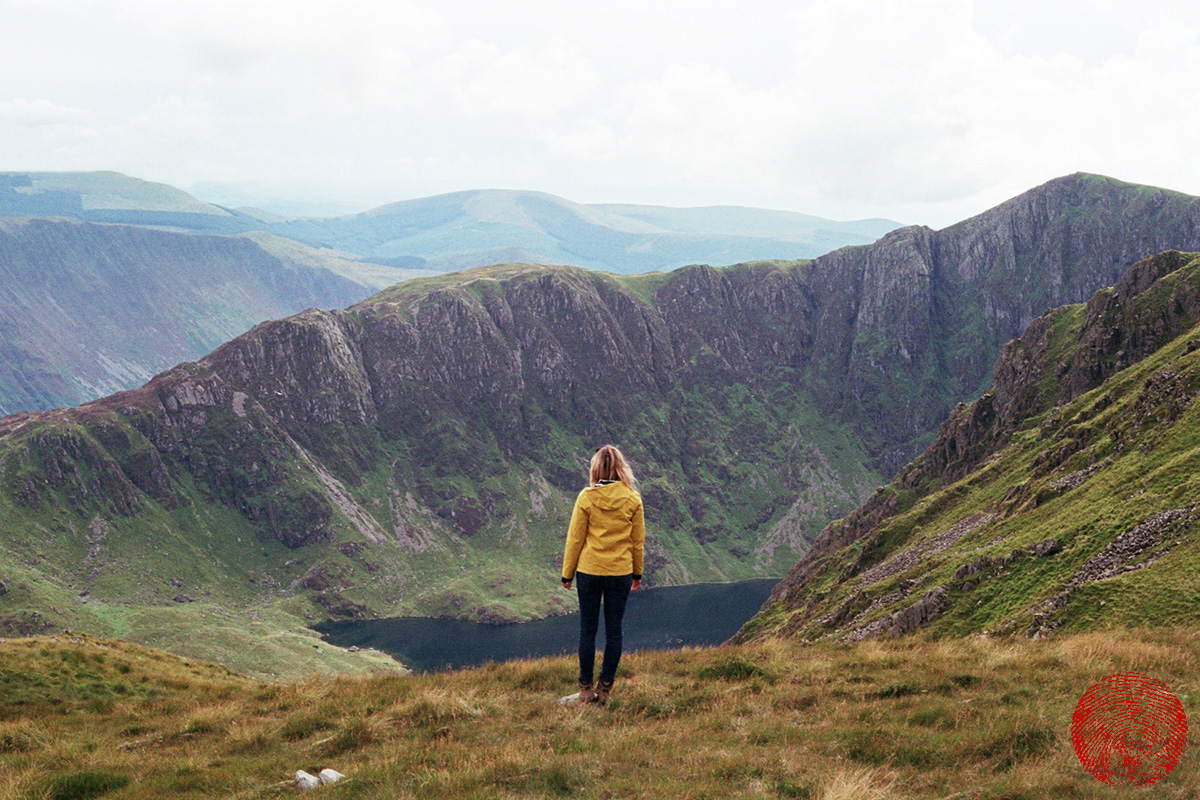
Idris Gawr (Idris the giant) was a mythologised prince and astrologer from 7th century Wales. Legend has it that Idris used the mountain, which is formed of three peaks surrounding a supposedly bottomless lake, as an armchair in which he sat to look gaze up at the stars. Cadair Idris translates as “the chair of Idris”. At the foot of the mountain are some huge boulders that are said to be stones that the giant shook out of his shoe one day. If you spend the night on the summit it is reputed that you will awake as either a poet or a madman.
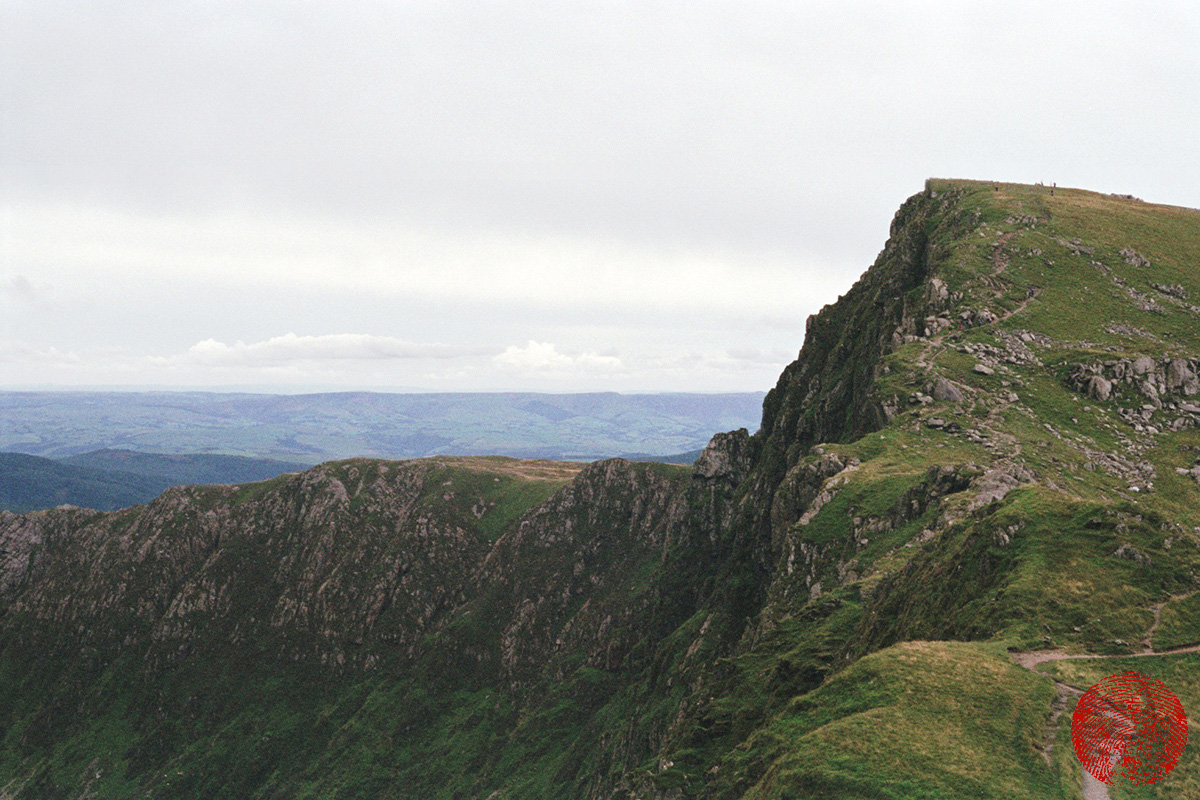
Cadair Idris is also reputed to be the favourite hunting grounds of Gwyn ap Nudd (the Lord of the Annwyn, the Welsh Underworld) and his Cŵn Annwn. These huge white dogs with red ears struck fear into people who believed that anybody who heard their howls was doomed to death, and that their soul would be chased into the Underworld by them.
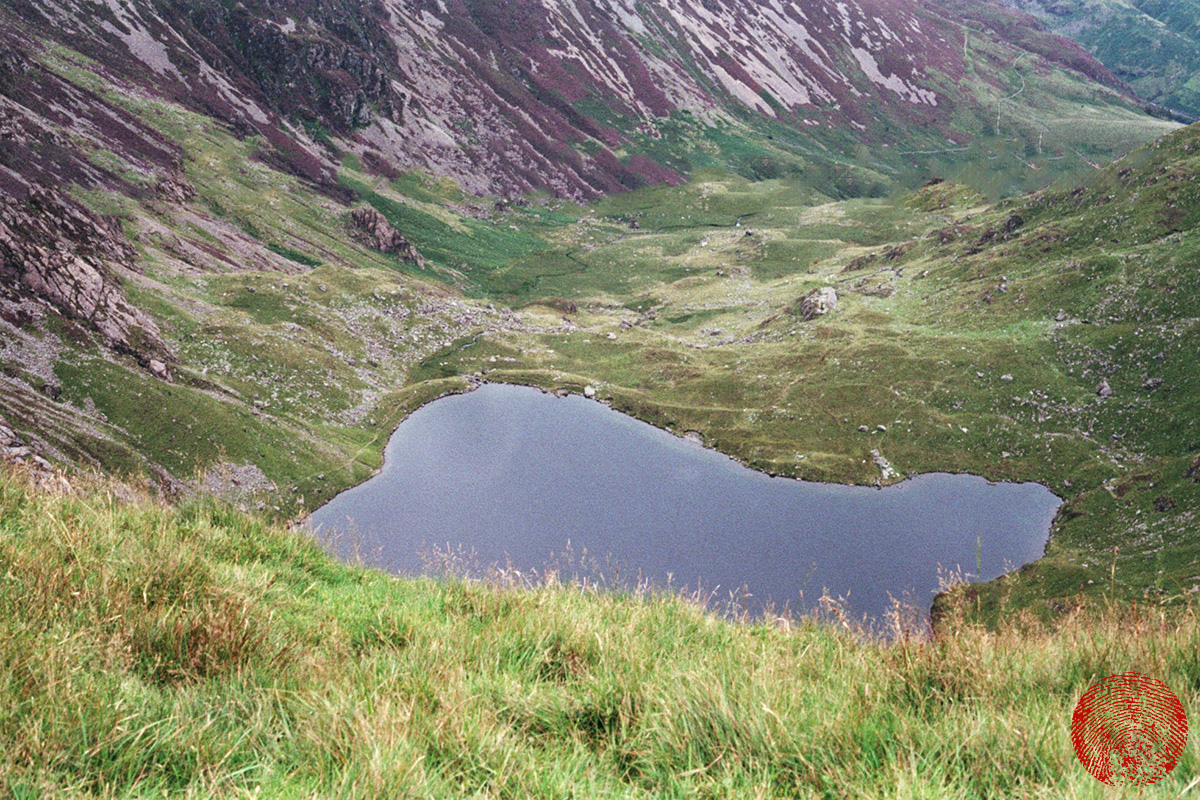
Sitting at the southern edge of the Snowdonia National Park, and its second highest peak (at 2,930 feet above sea level), Cadair Idris is a beautiful mountain and a quieter hike than that to the summit of its northern, larger, neighbour. It is one of the most southerly high mountains in the UK and is an important upland landscape, representing the southern-most limit of many upland species. The three-mile circular hike to the summit and back from the south takes around five hours, and is well worth the effort.
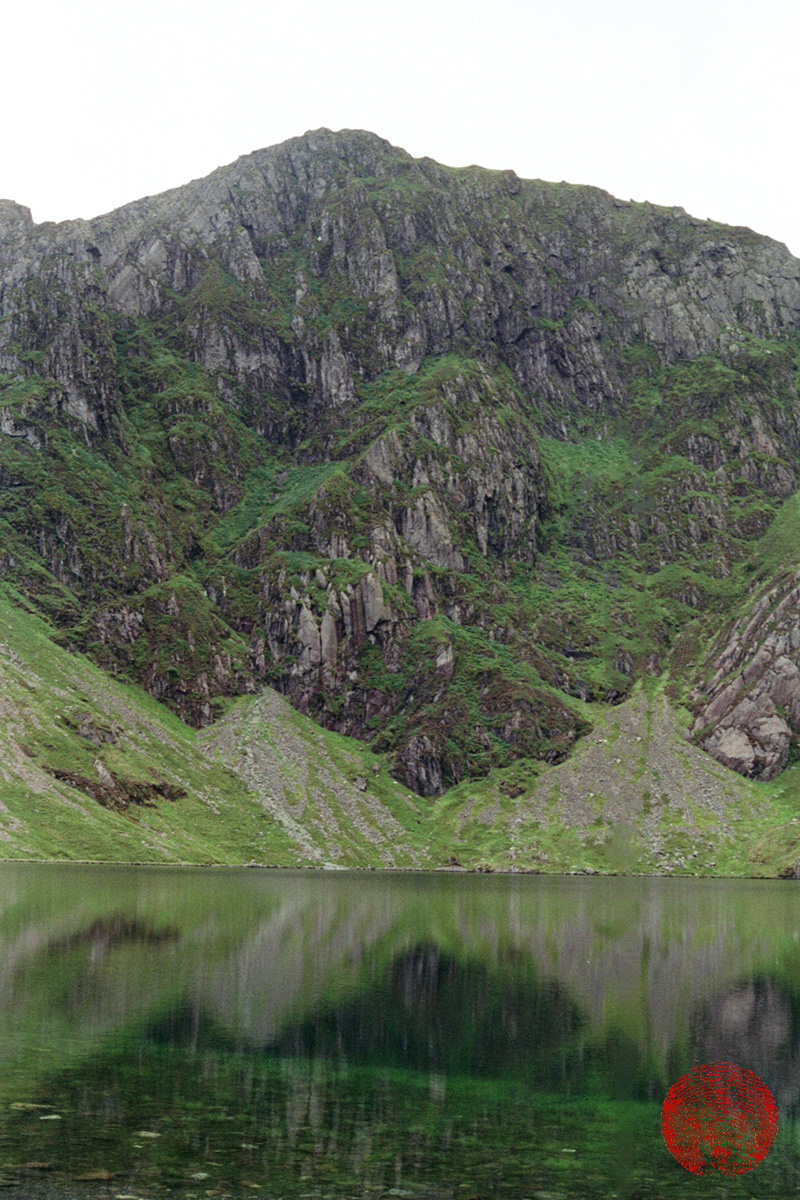
Posted on January 31, 2016
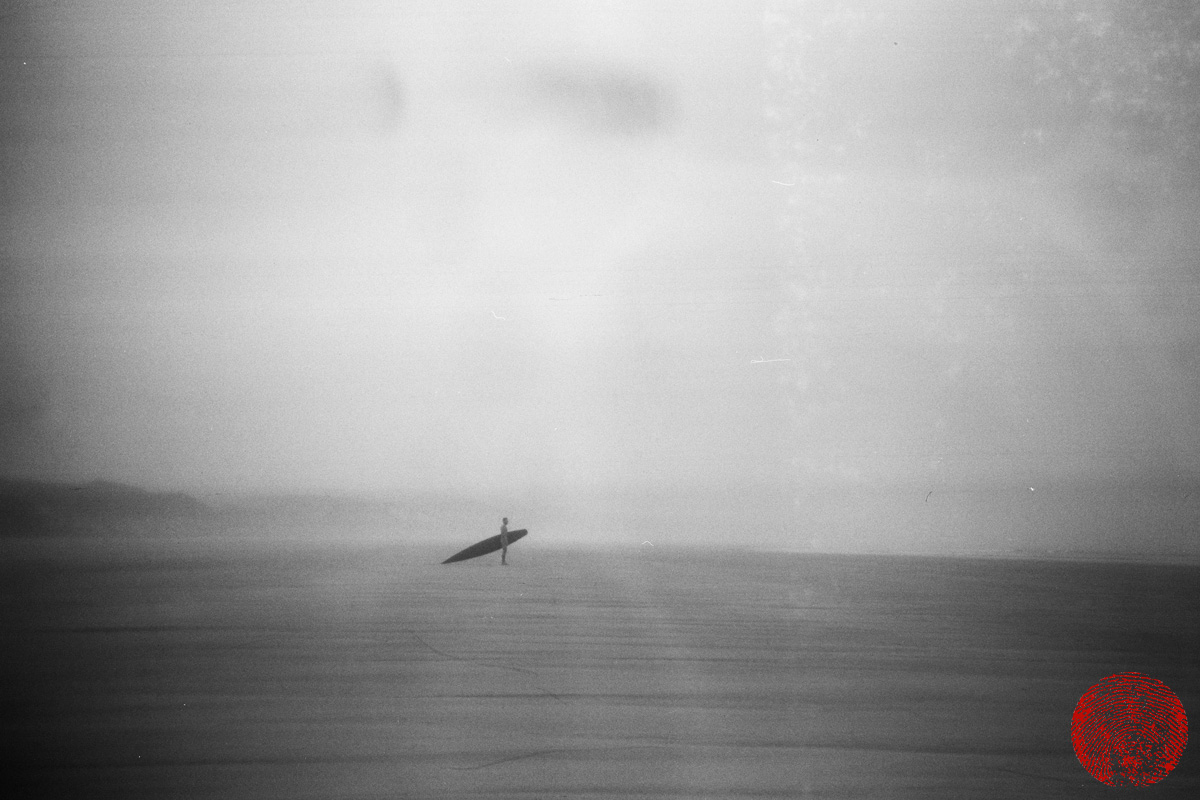
Curiosity: It’s the proverbial cat-killer and progress trigger.
The human urge to question just what’s possible and what it might feel like drives innovation and the continual development of our endeavors. The vast majority of our achievements as a species can be traced back to the moment when an inquisitive individual asked themself “what if?”
But balancing that relentless onwards surge is the curiosity to understand not just how something might feel, but what something felt like in the past. Often, progress is so rapid that important stages in design evolution are left behind as they are made obsolete by the next, hot on its heels improvement. These stages are no less relevant, however, and a curiosity to retrace steps and feel what something was like is a strong urge in many of us. Often, looking back can help to find a new way forward or open up a parallel track.
It is possible, these days, for a surfer with a curious disposition to experience the same feeling riding a wave as a surfer from decades past; the waves haven’t changed, but our equipment has. If you strike it lucky at a garage sale, are the highest bidder at an auction, or just order a “retro” shape from your shaper then you can get an old design under your feet. There are gaps in the available archives though, and limits to how far most surfers would go just to sate their inquisitiveness; commissioning a traditional Hawaiian olo is a lengthy, specialist, and no doubt prohibitively expensive process for a surfboard that will likely only be ridden a handful of times. But a hollow wooden, Tom Blake style, “cigar box” paddle/surfboard? Well, that was a design conceived and propagated in a DIY era, and is an achievable project for any moderately practical individual with a bit of free time.
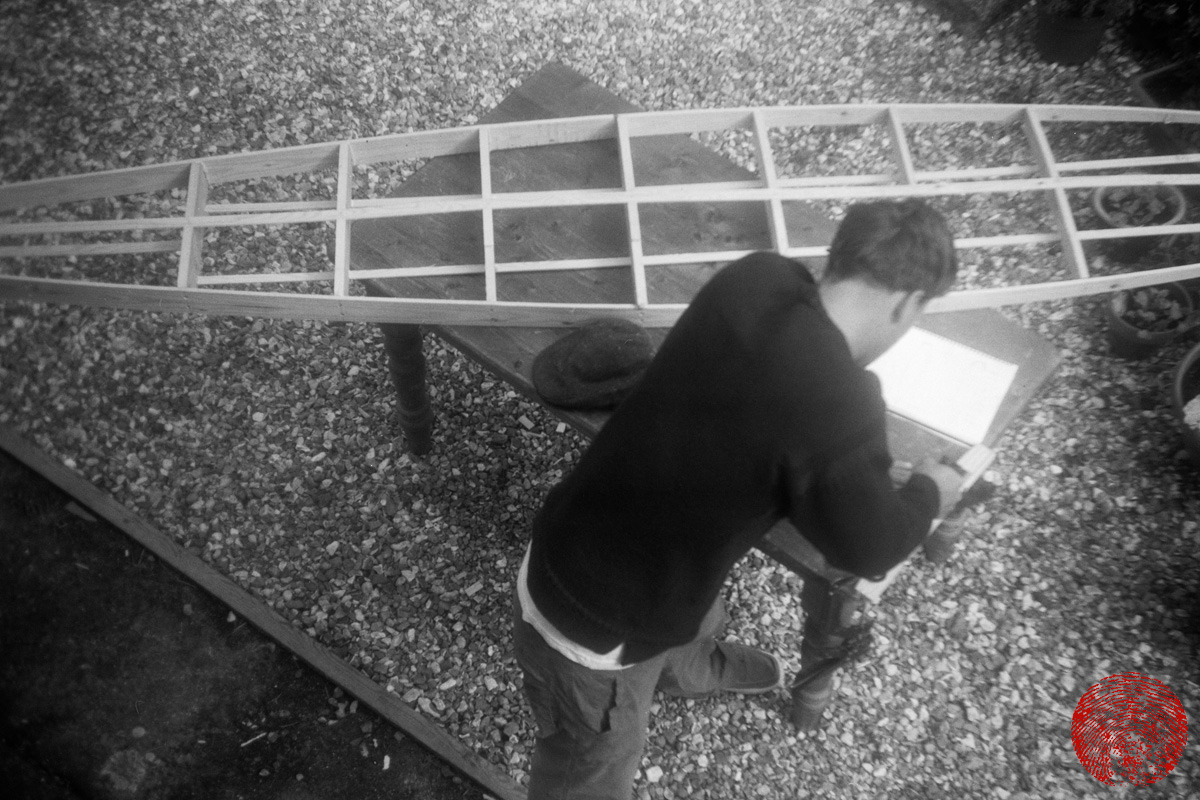
Harry and I are both possessed with a curious disposition when it comes to surfboard design. We also possess a couple of pairs of US Navy Seals swim shorts and my grandad’s 1930s Kodak box brownie, and they provided us with all of the excuses that we required to justify building our own cigar box. Books and scanned images of the pages of Popular Mechanics pro- vided us with plans, and we adapted these for the materials that we had available to us, producing a 12’ fin- less Blake-esque surfboard. Shot on the 85 year-old box brownie, a 1960s TLR and various 35mm cameras, the documenting of our box’s maiden voyage proved to us that times may change, but the experience remains the same.
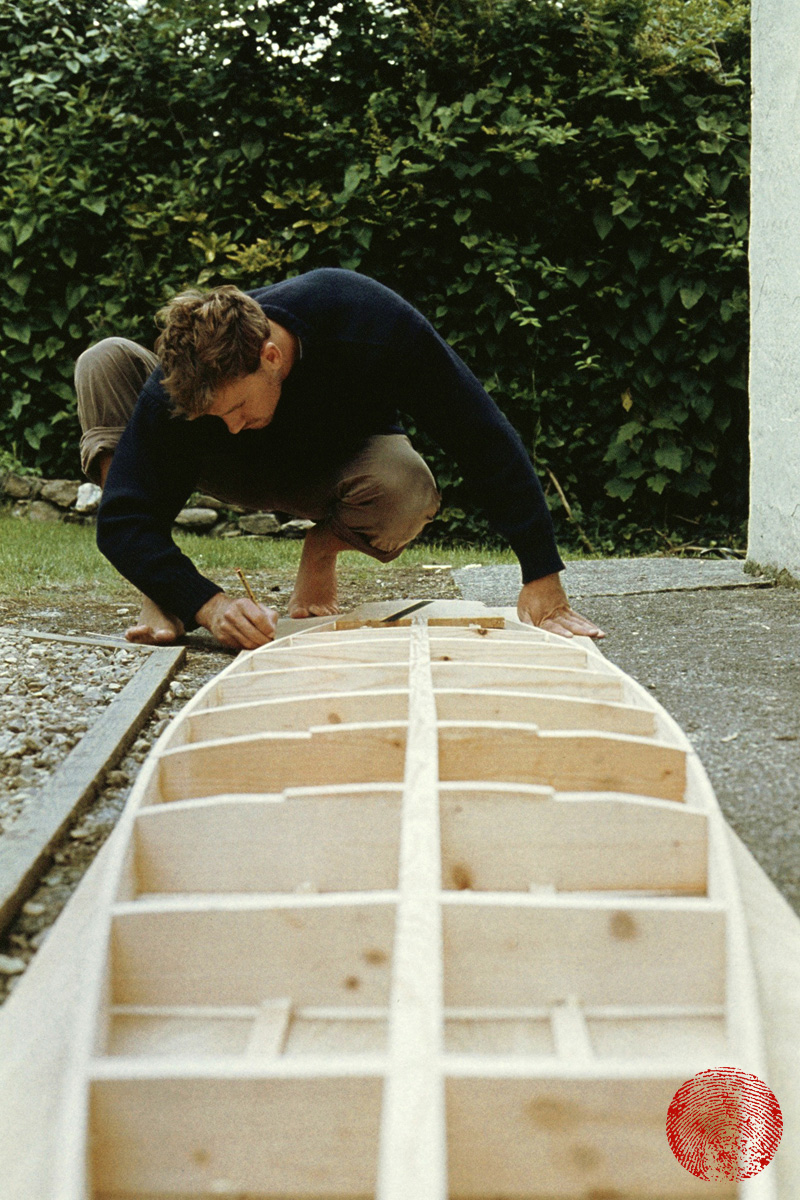
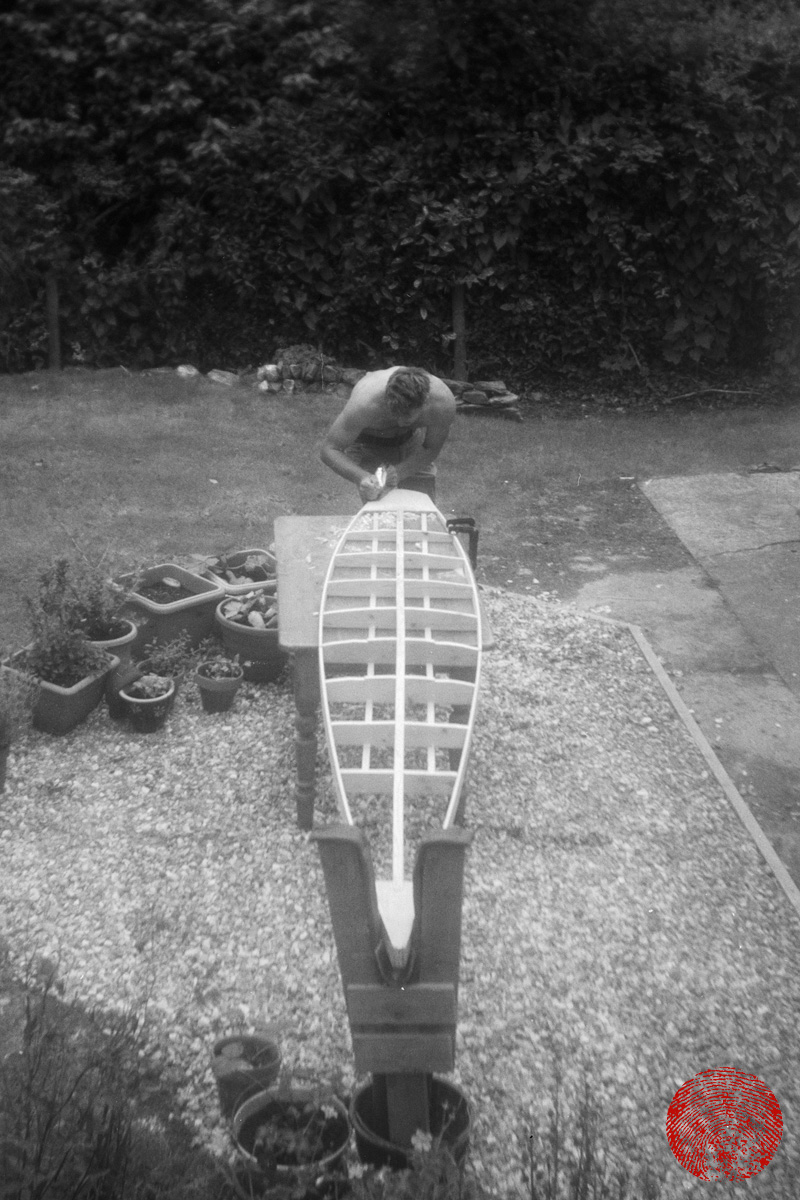
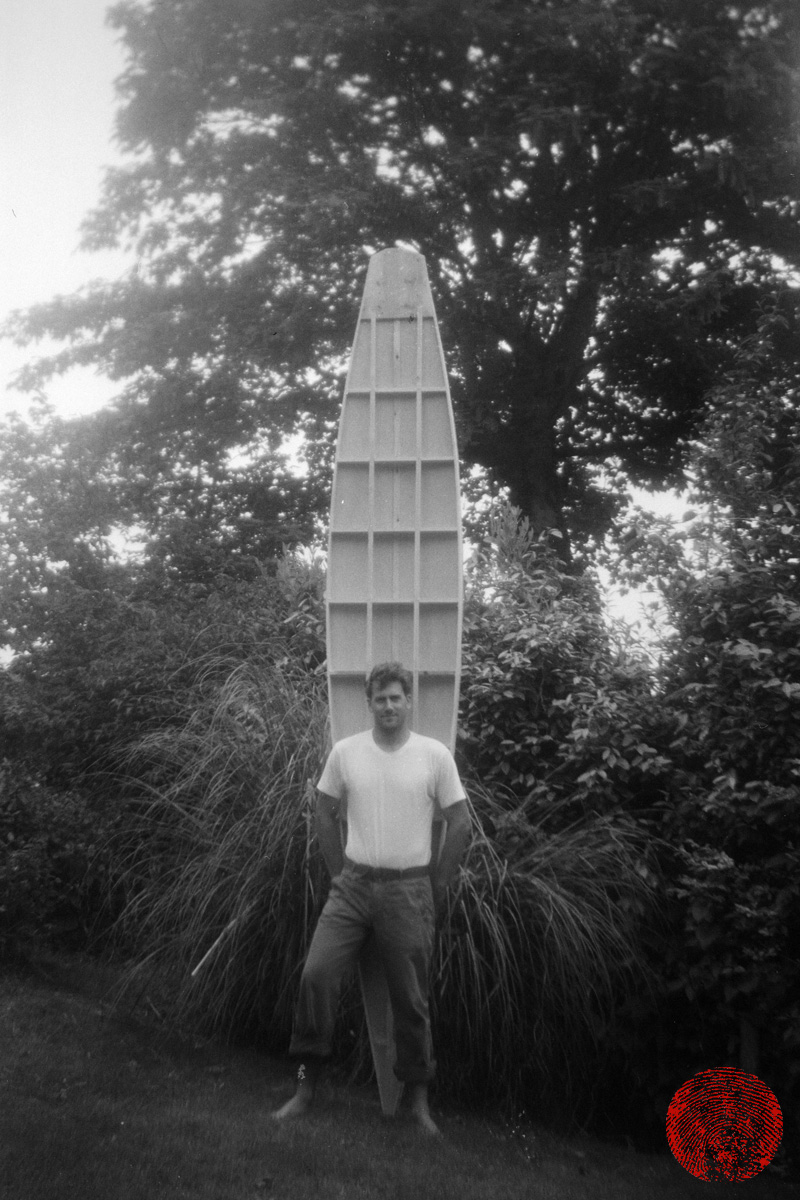
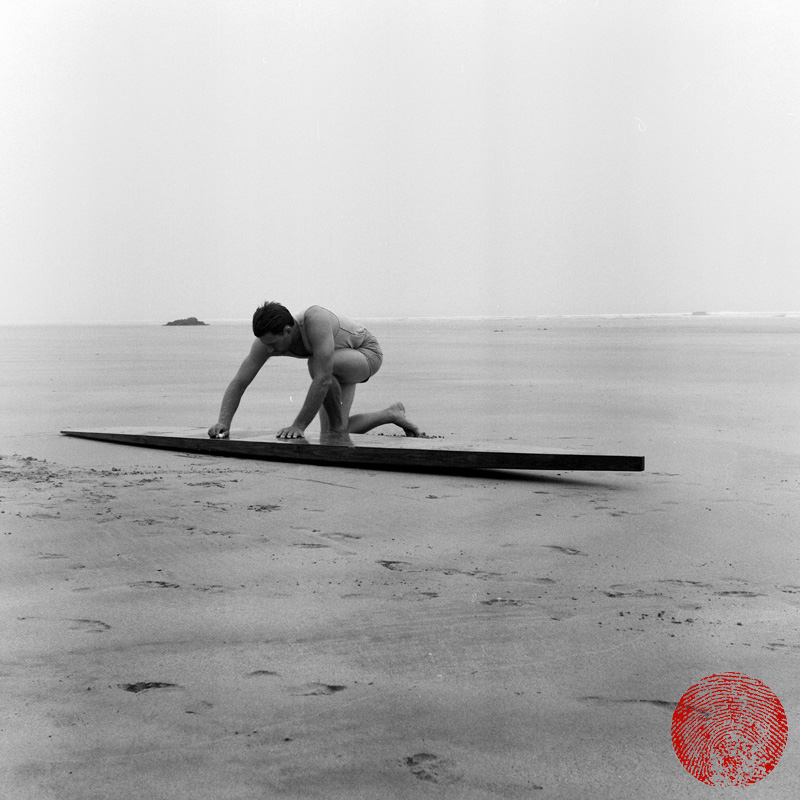
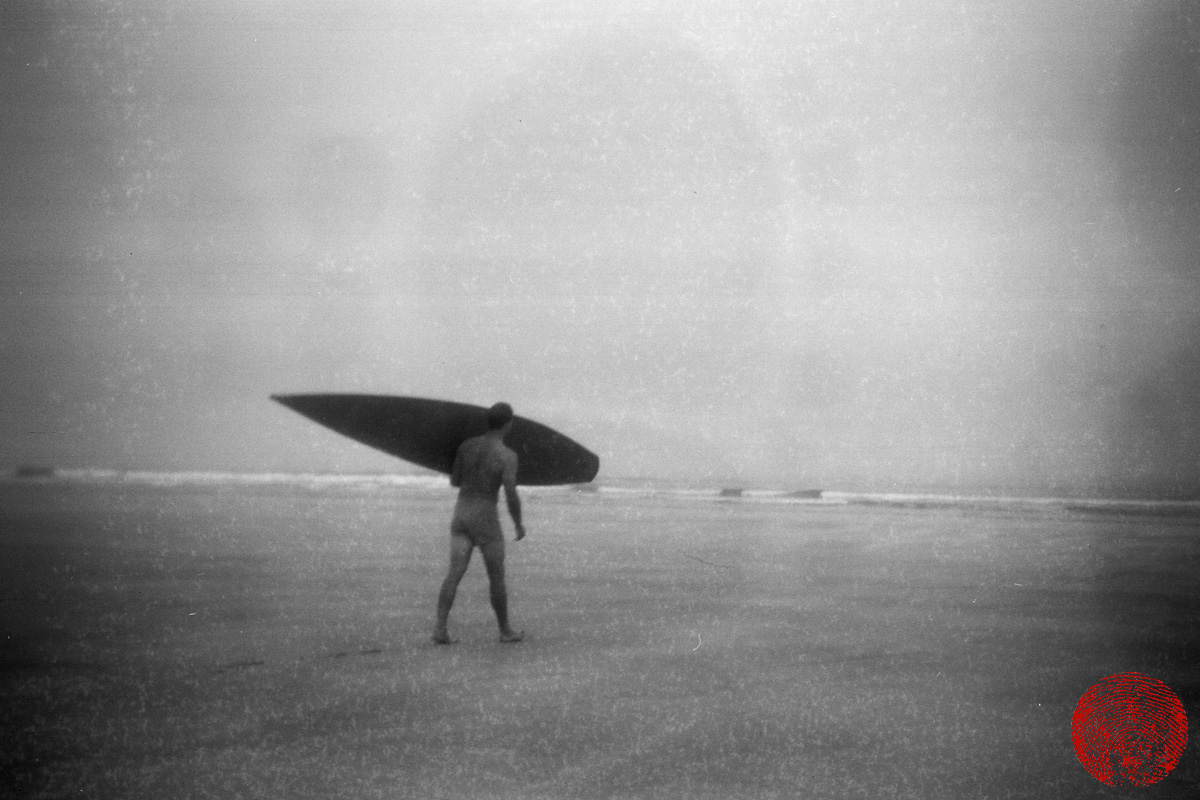
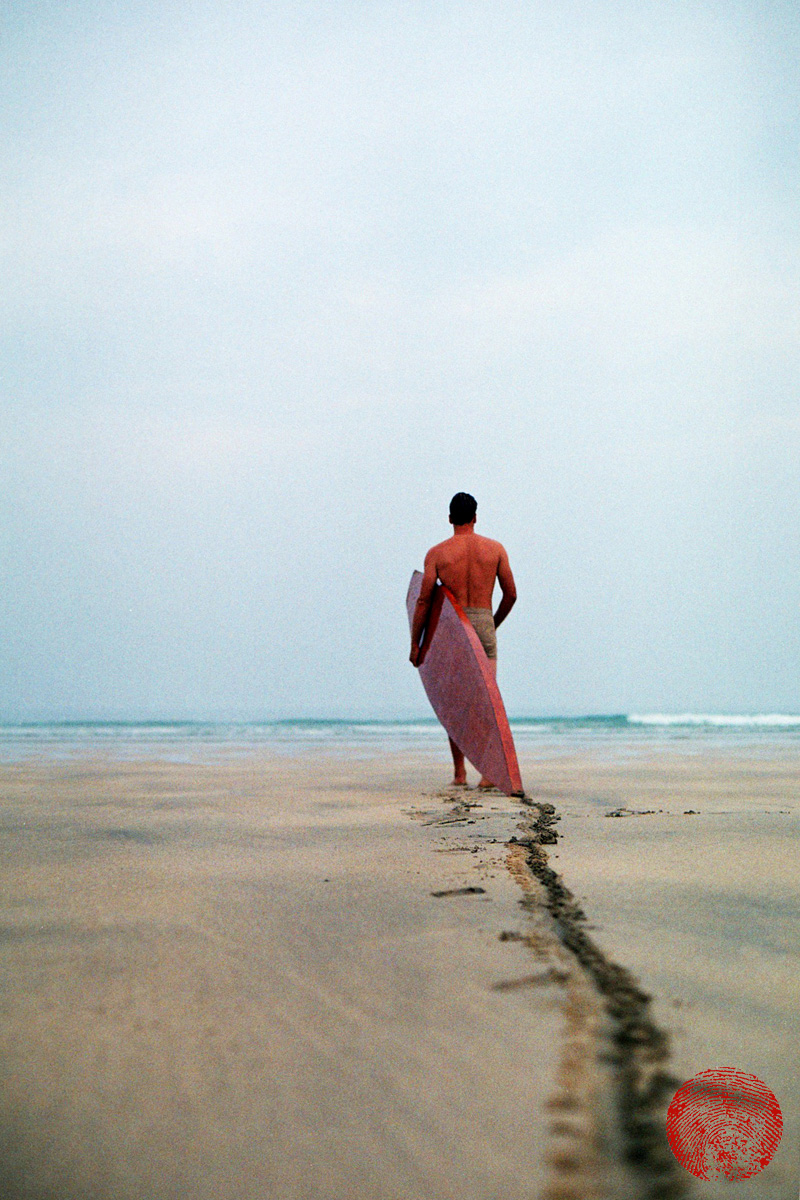
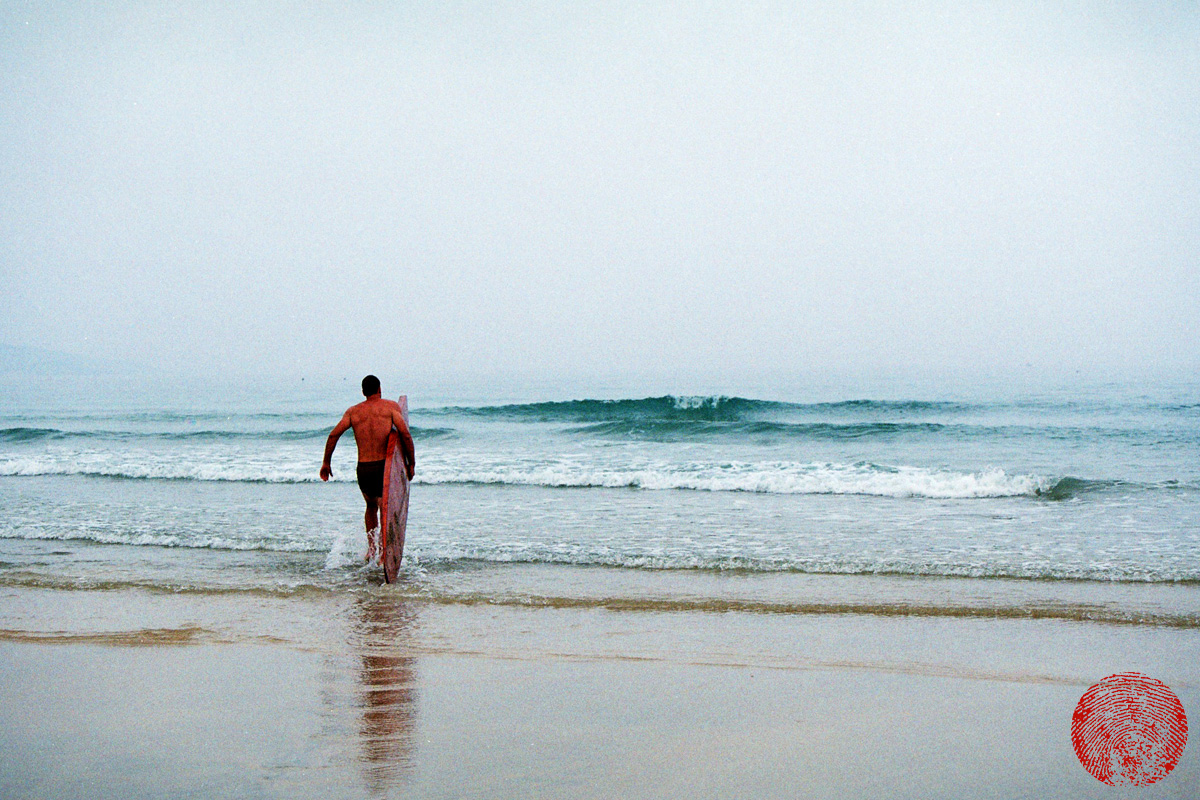
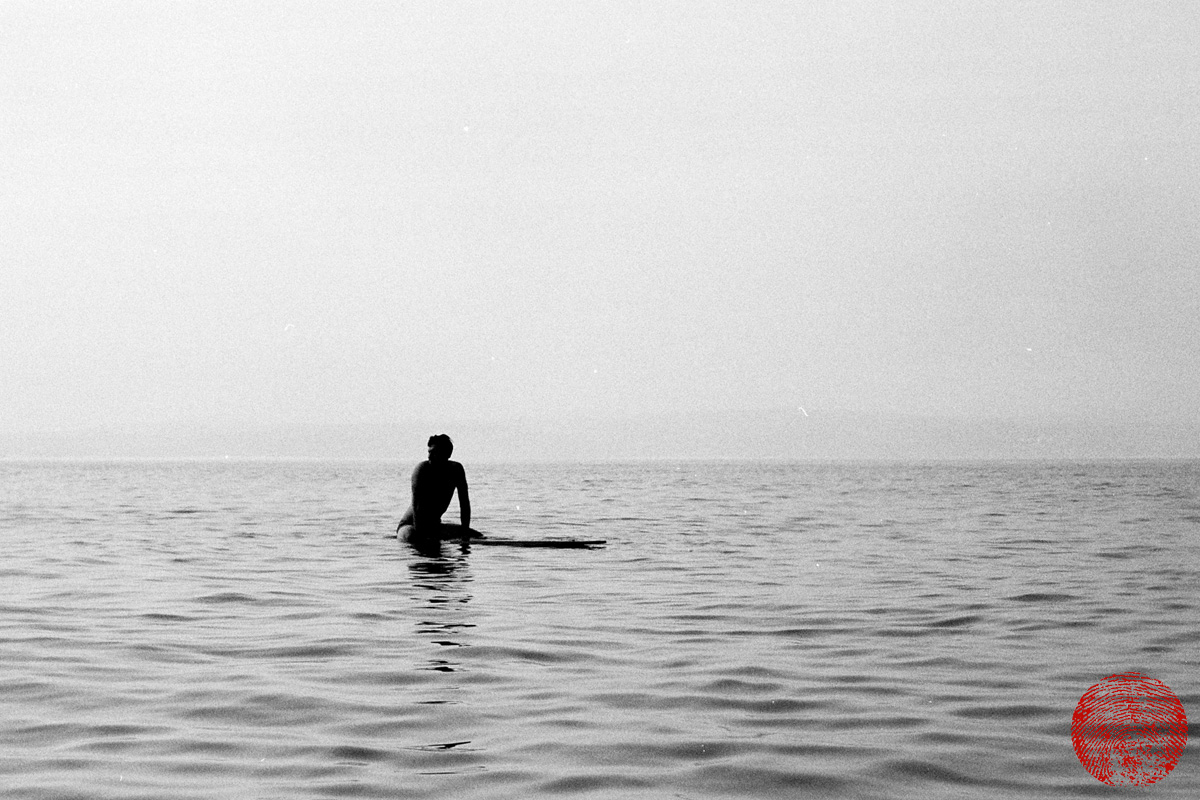
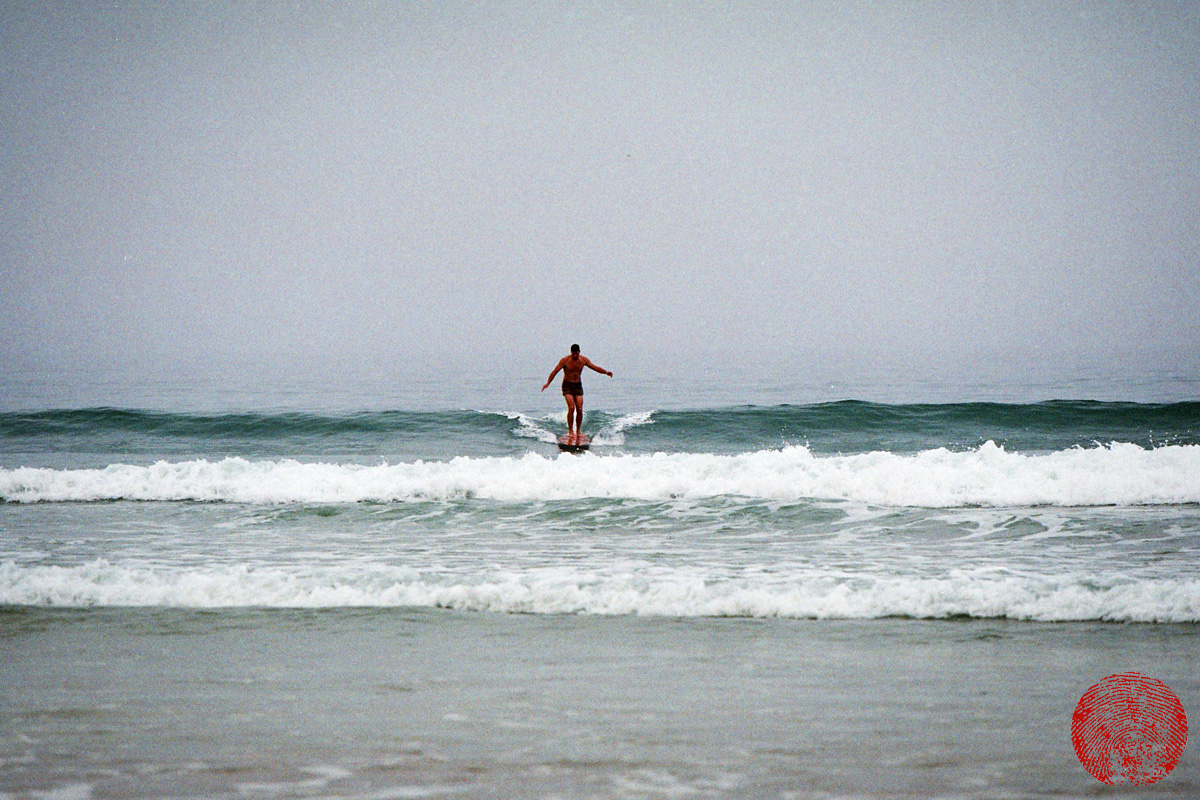
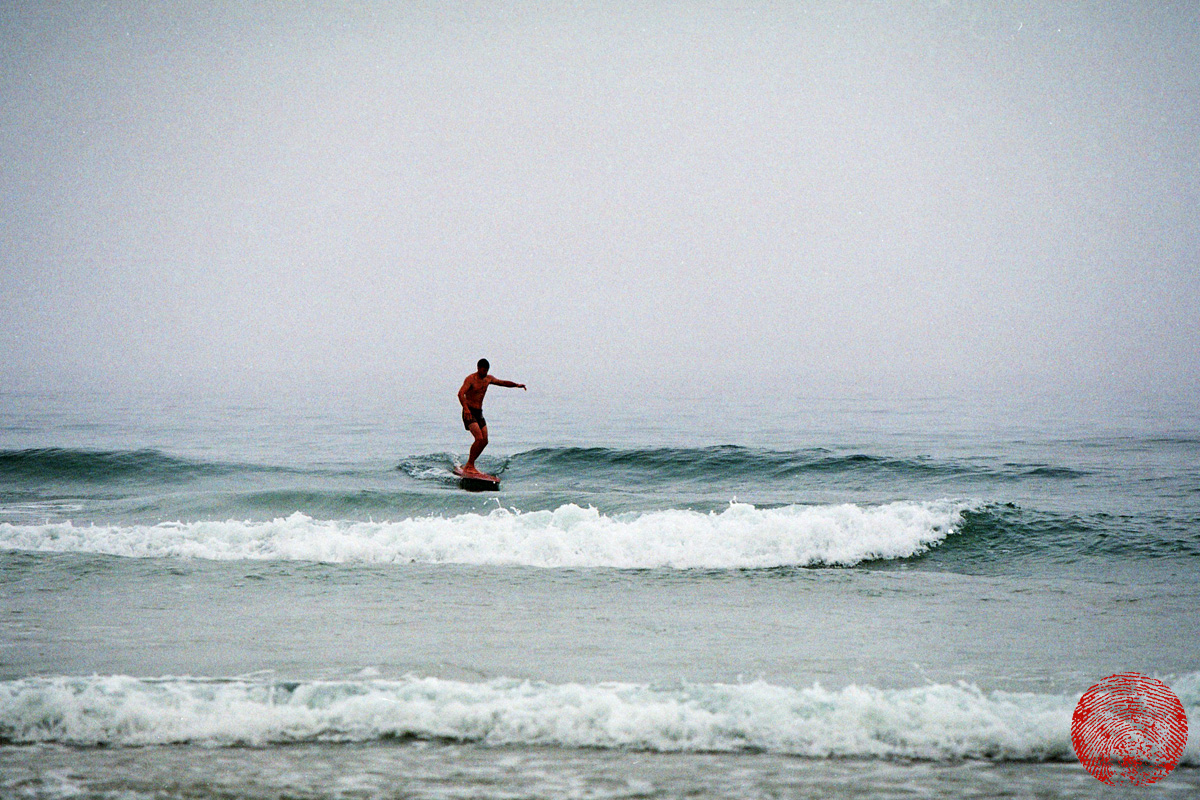
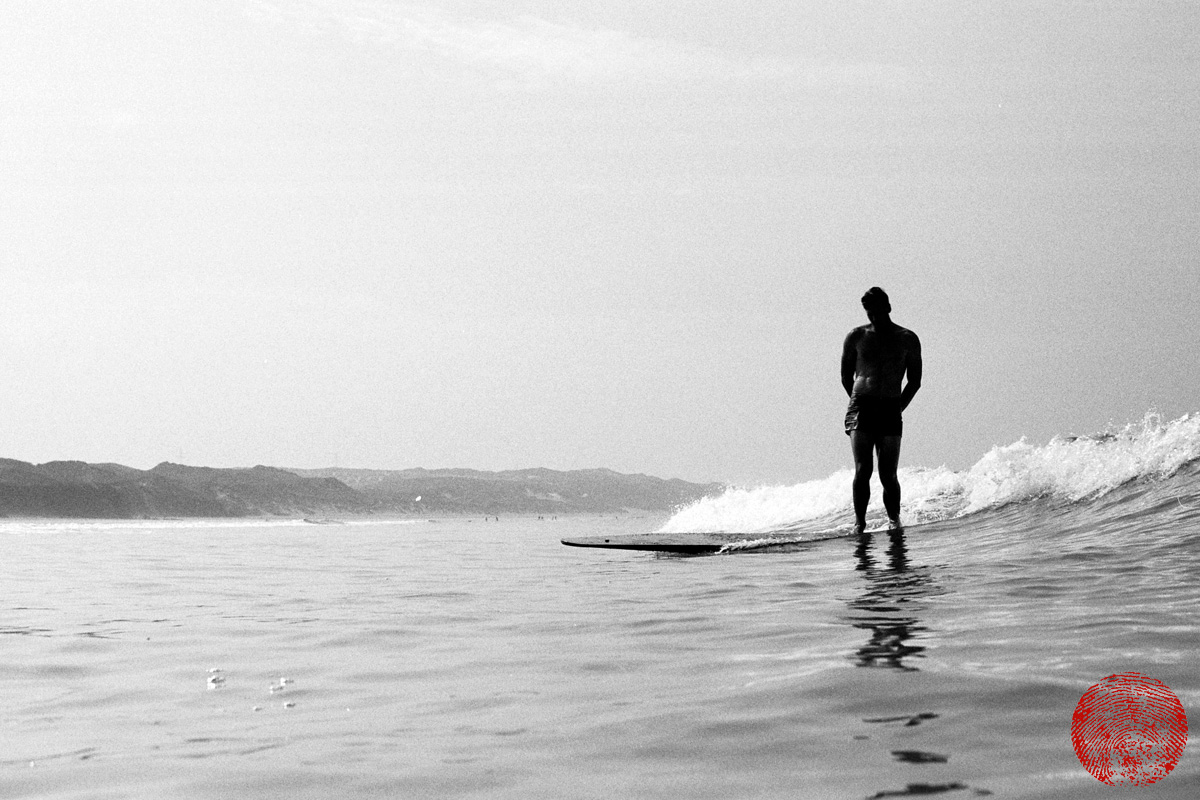
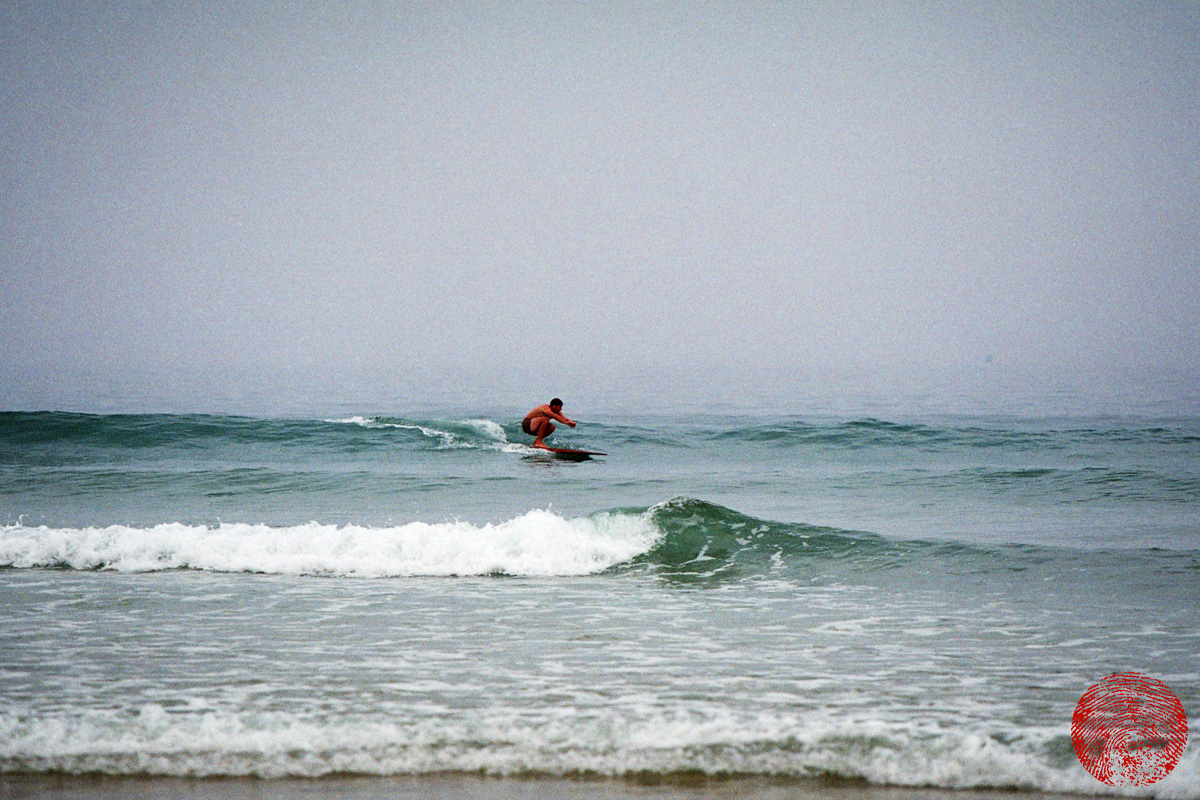
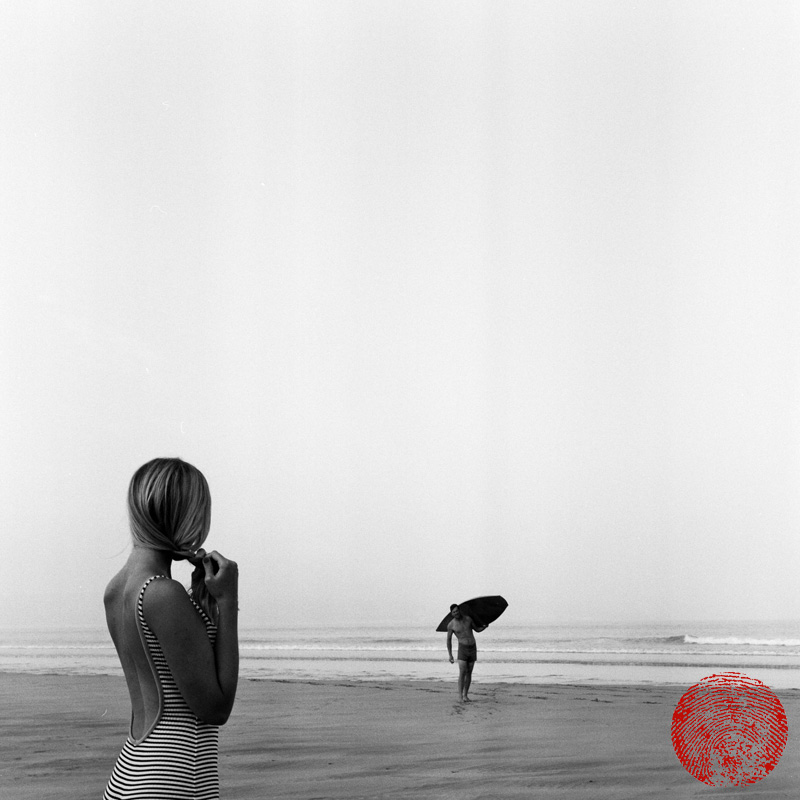
 Boxing Clever was recently published on Surf Simply Magazine. For those of you who want a bit of a look behind the scenes of the making of the surfboard and the images themselves, some of those details will be appearing at some point over the coming weeks on the Otter Surfboards journal. As for here, well I wanted to let the images do the talking.
Boxing Clever was recently published on Surf Simply Magazine. For those of you who want a bit of a look behind the scenes of the making of the surfboard and the images themselves, some of those details will be appearing at some point over the coming weeks on the Otter Surfboards journal. As for here, well I wanted to let the images do the talking.
Posted on December 20, 2015
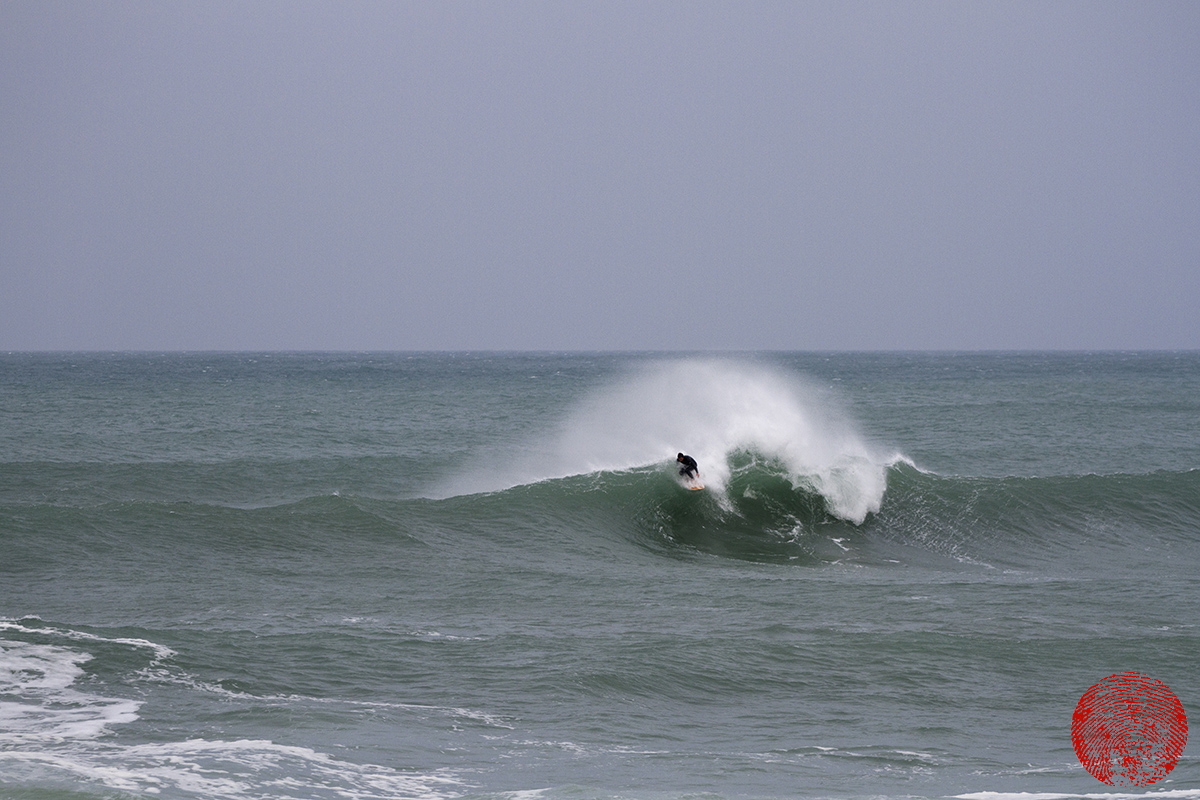
Commit your all to everything that you do.
Commit to doing the best work that you can, so that you can stand by it.
Commit to doing right by the planet that we live on, whatever it takes.
Commit to seasonality and embrace the differences between each one .
Commit to the task at hand, and stay until it’s done.
Commit to surfing when the waves are good, not just when the weather’s good.
Commit to a wave, and paddle hard.
Commit to the drop. And trust.
Posted on November 29, 2015
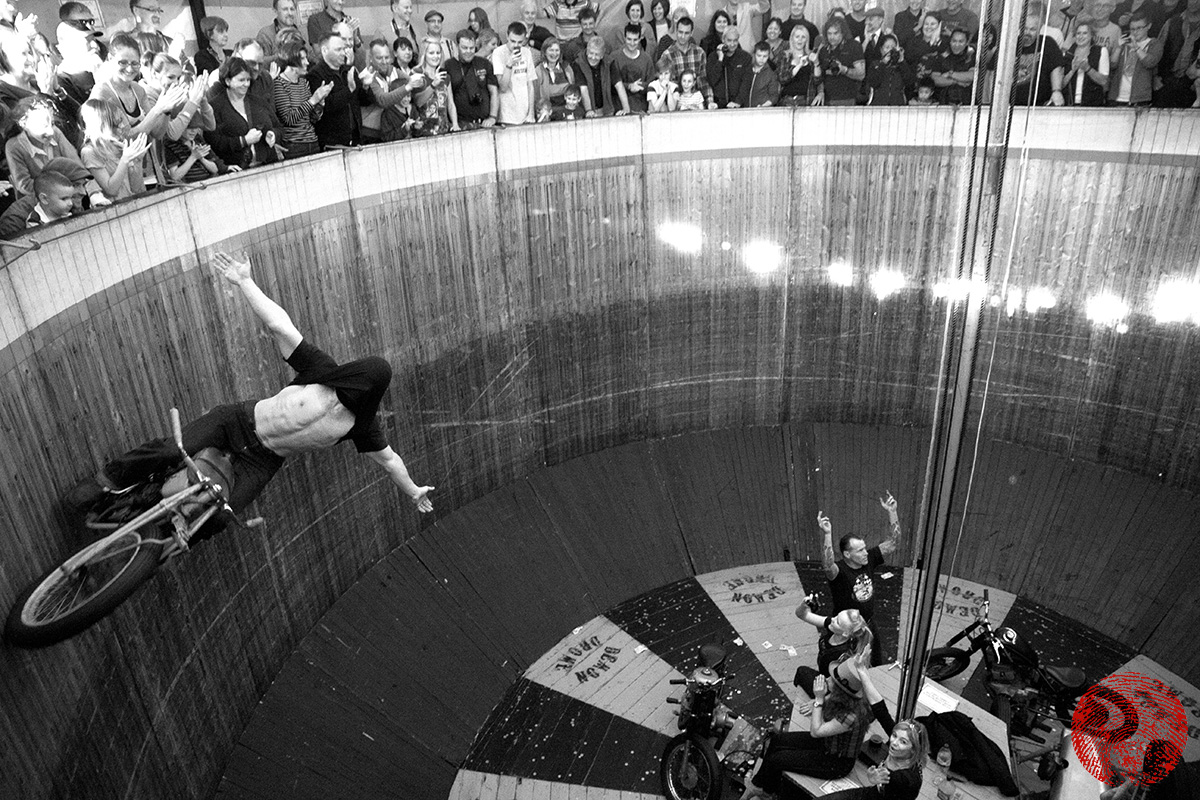
Watching from the outside, the wooden planks that make up the enormous barrel of the Demon Drome Wall of Death pulsate like a beating heart as the motorcycles race around on the other side.
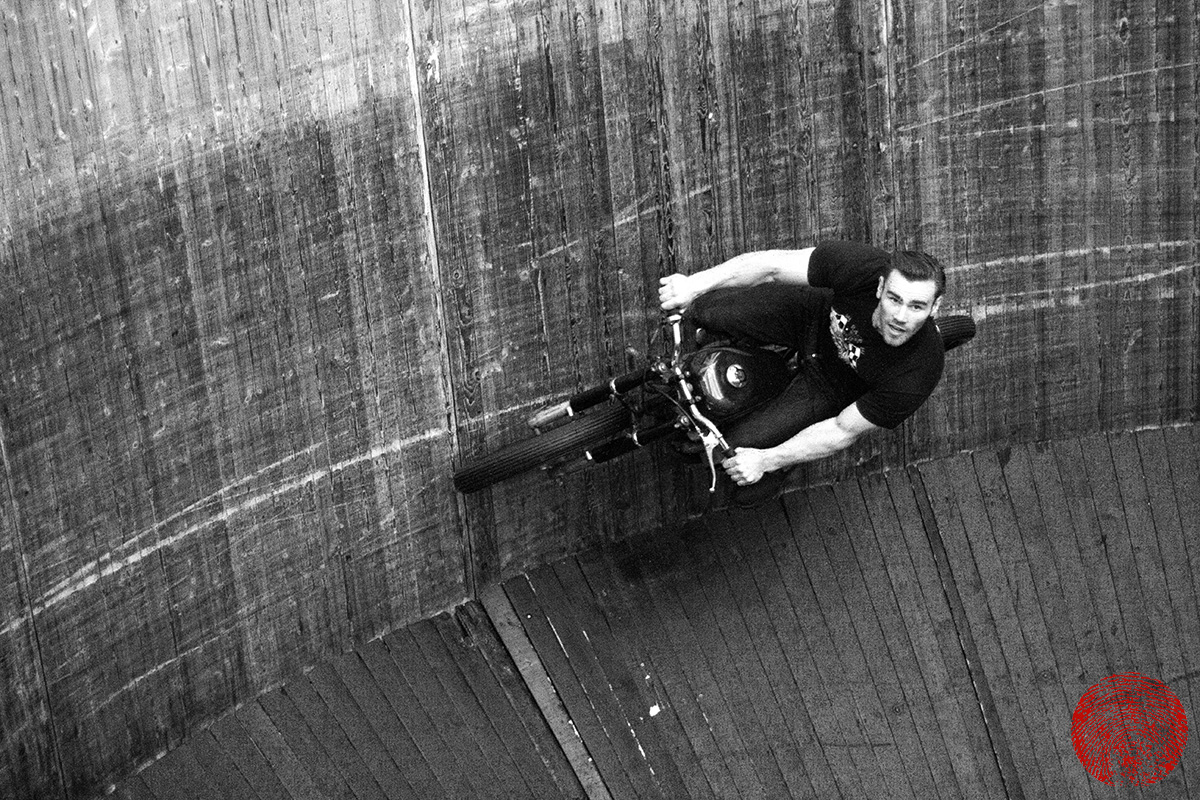
It seems like a big step, taking a motorbike from a ramped wooden boardwalk to a vertical wall and keeping it there. I guess that at some point though wanting to go faster and steeper leads to a Wall of Death, and that pretty soon even defying that most elemental law of physics isn’t enough to get your kicks. That must be how Duke Seymour ended up riding a vintage 1927 Indian motorbike, that’s easily three times older than he is, around his family’s Demon Drome Wall of Death stood up with his t-shirt pulled up over his face or performing a side-saddle iron-cross hanging out fifteen feet above the floorboards.
The Demon Drome Wall of Death arrived in the UK from America in 1927 and started touring the country with funfairs. Back then health and safety wasn’t such a big deal so the original owner, Elias Harris, went right ahead and built a car with a special platform on it so that he could drive it around his Wall of Death with his pet lioness, Rita, sat on the bonnet. For the past ten years “Dynomyte” Dave Seymour and his family have toured the Demon Drome Wall of Death show around the UK and Europe, recreating the original show in every aspect apart from the live big cat. Dave and his son Duke ride 1927 Indians and custom Honda CD200 hardtails, performing tricks and racing each other, with Dave’s daughter Alabama even sitting on her old man’s handlebars with her arms outstretched for a few laps, as if it’s a perfectly normal thing for a teenage girl to do with her Dad on a weekend. The wooden wall flexes as the bikes pass the knees of the audience who peer over the top of the giant barrel, providing the suspension that the bikes lack. The faster the Seymours ride, the greater the centripetal force that pins their vintage whips to the old planks and the safer they are. It doesn’t look it though – from the top looking down the whole story looks insane; the roar of the bikes is damn loud, it’s hot and the incense of exhaust fumes rise up from the middle. Every sense piqued, a spin on the teacups and a stick of candy-floss doesn’t seem quite so crash-hot afterwards.
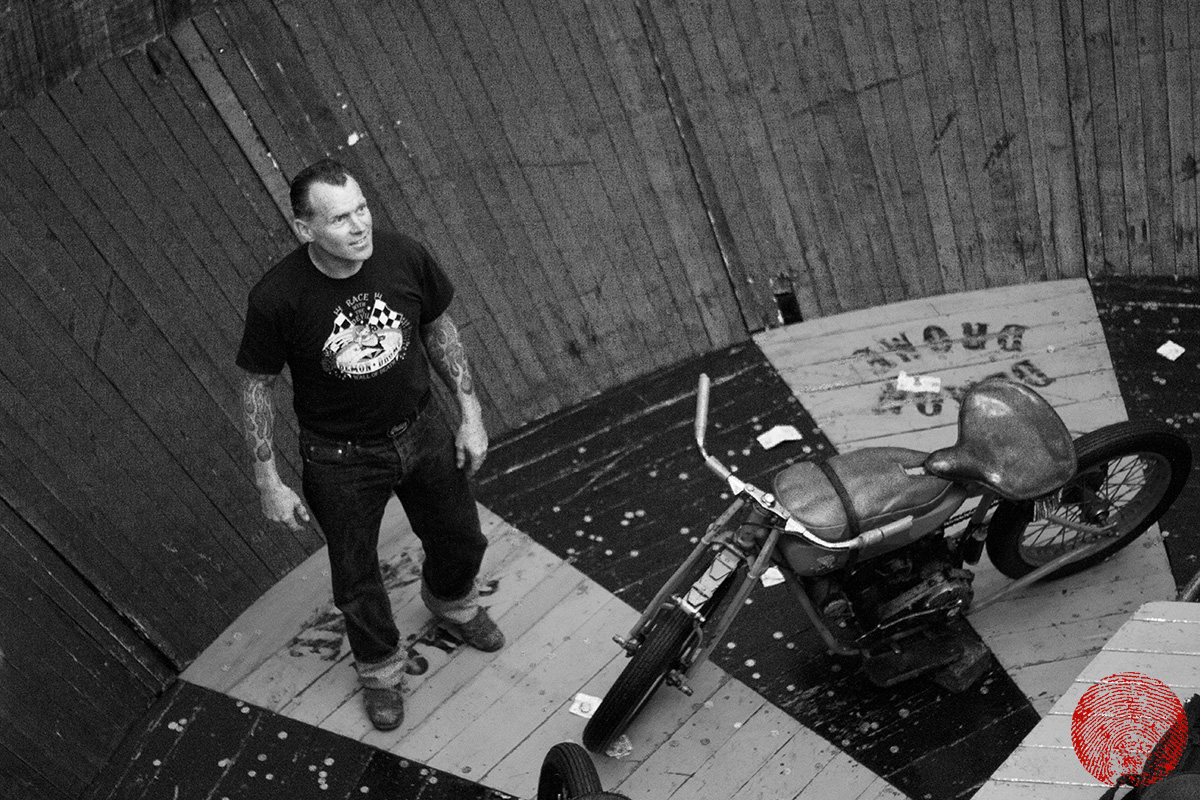
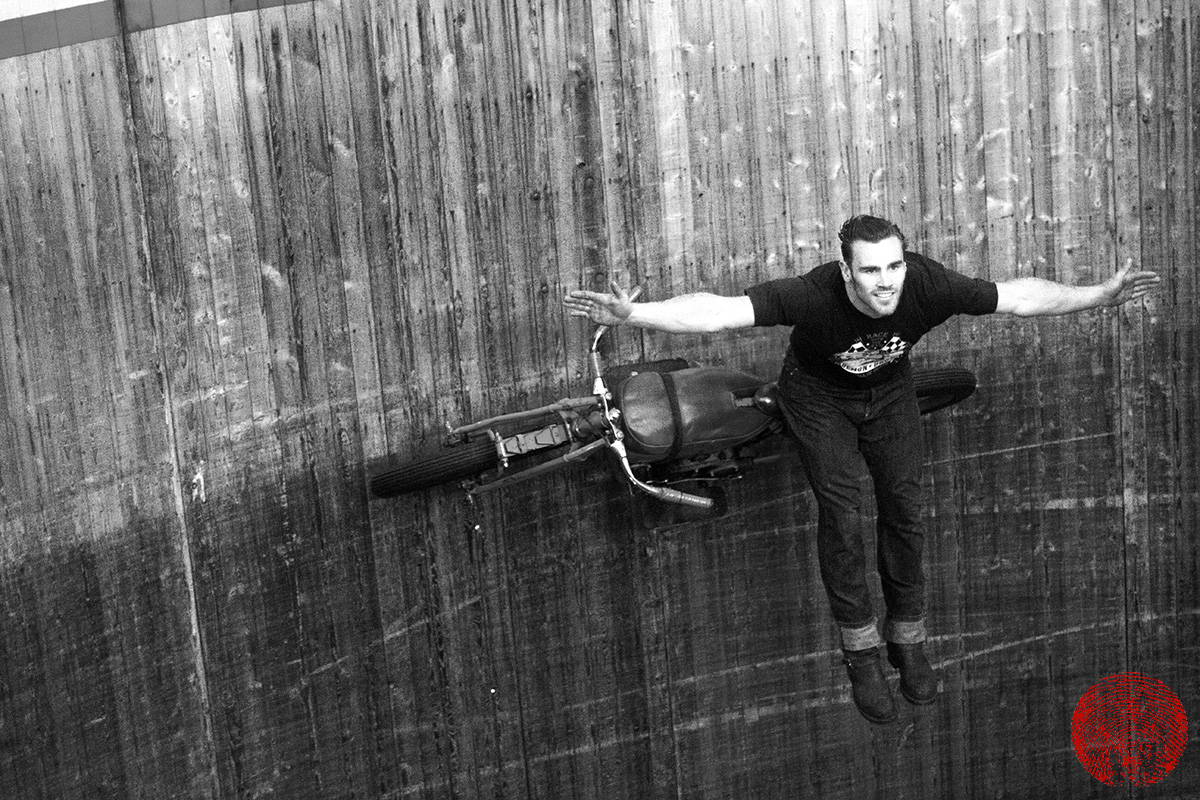
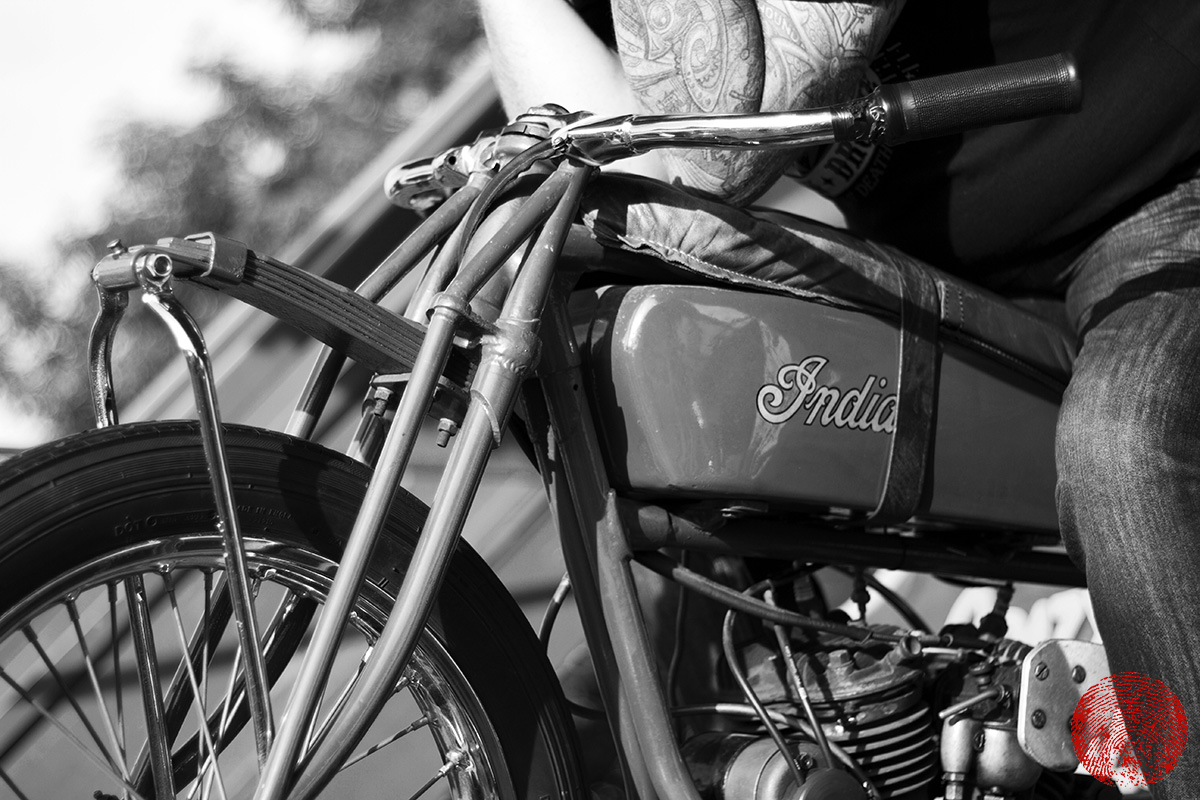
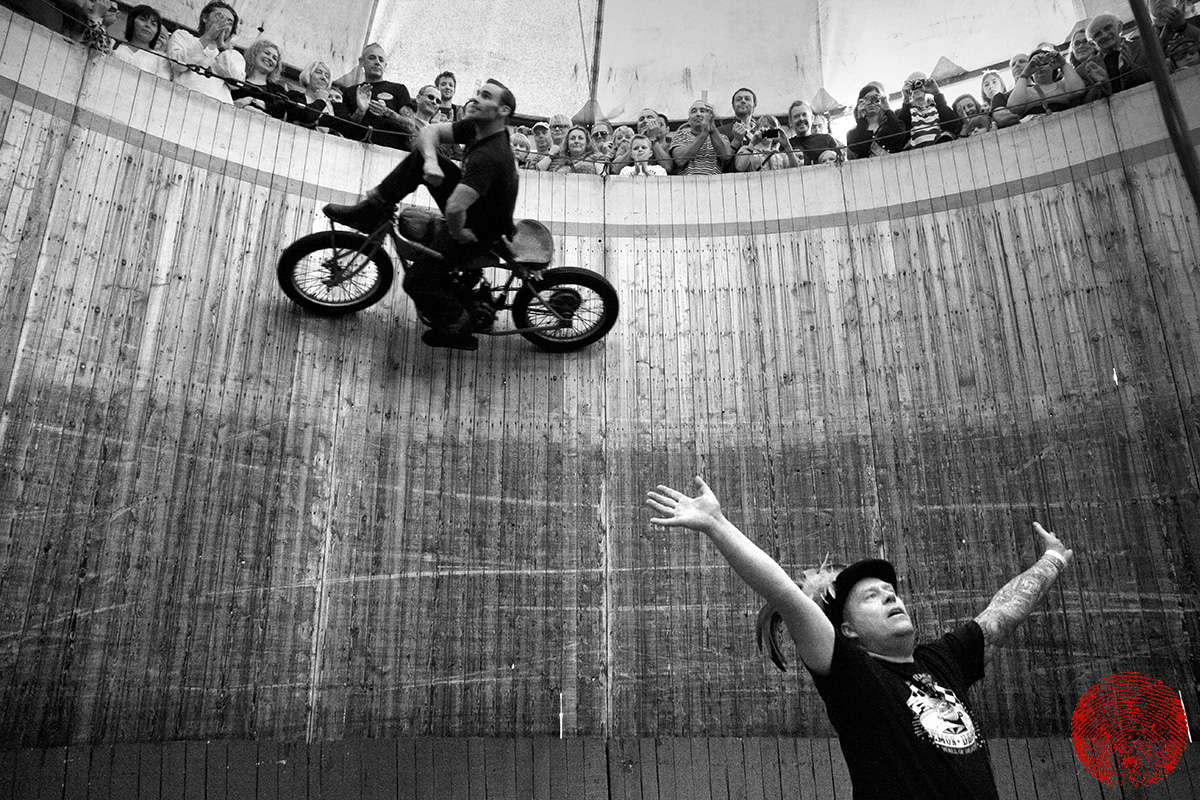
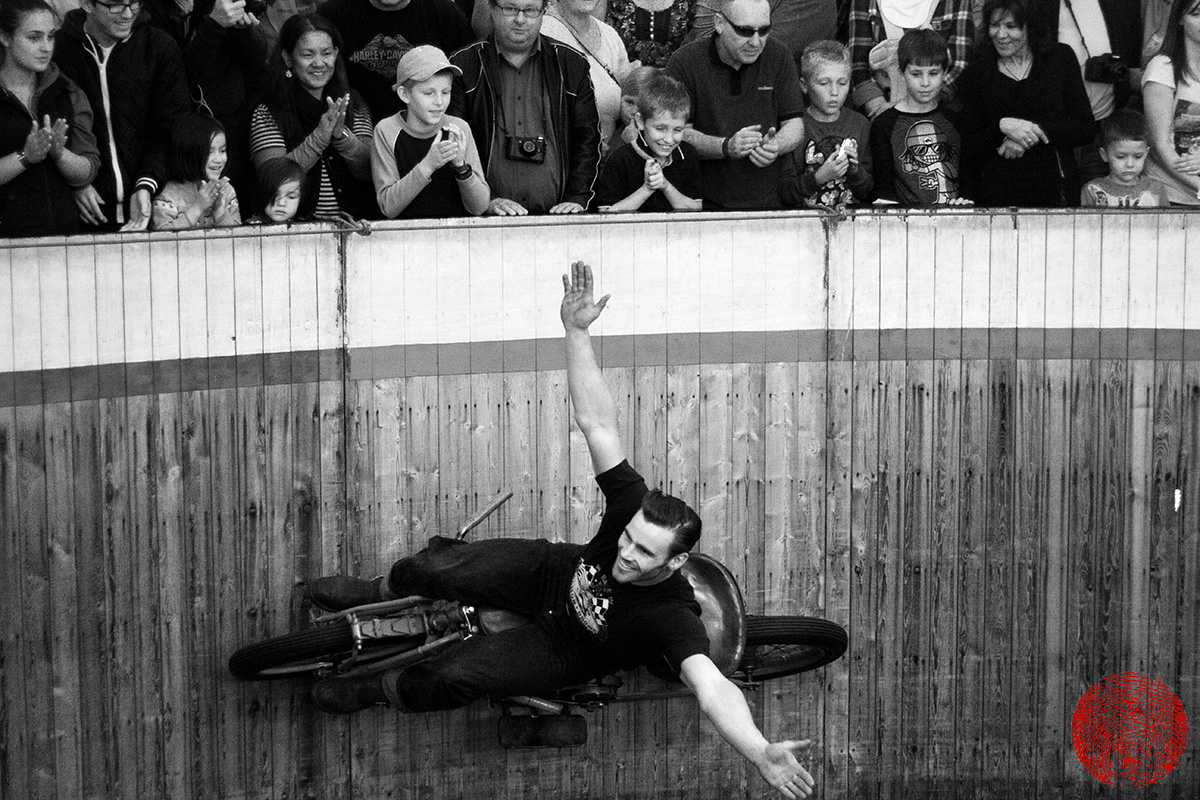
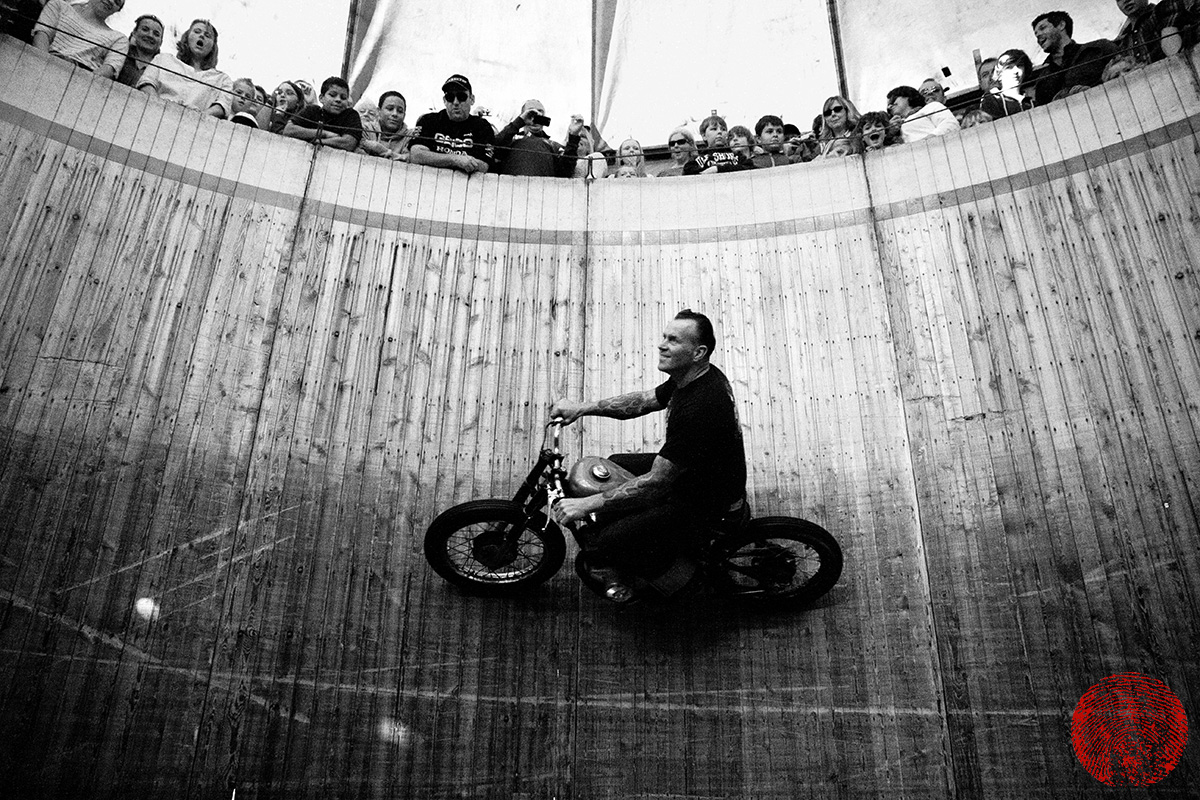
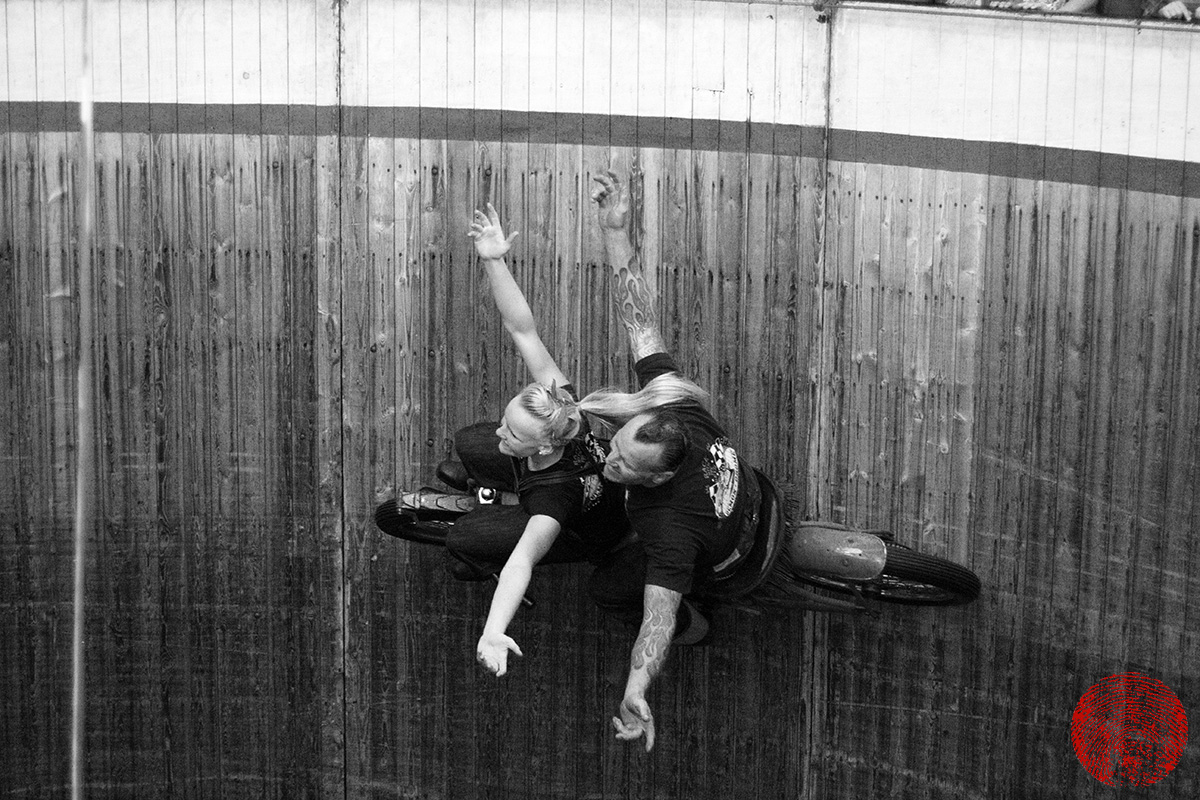
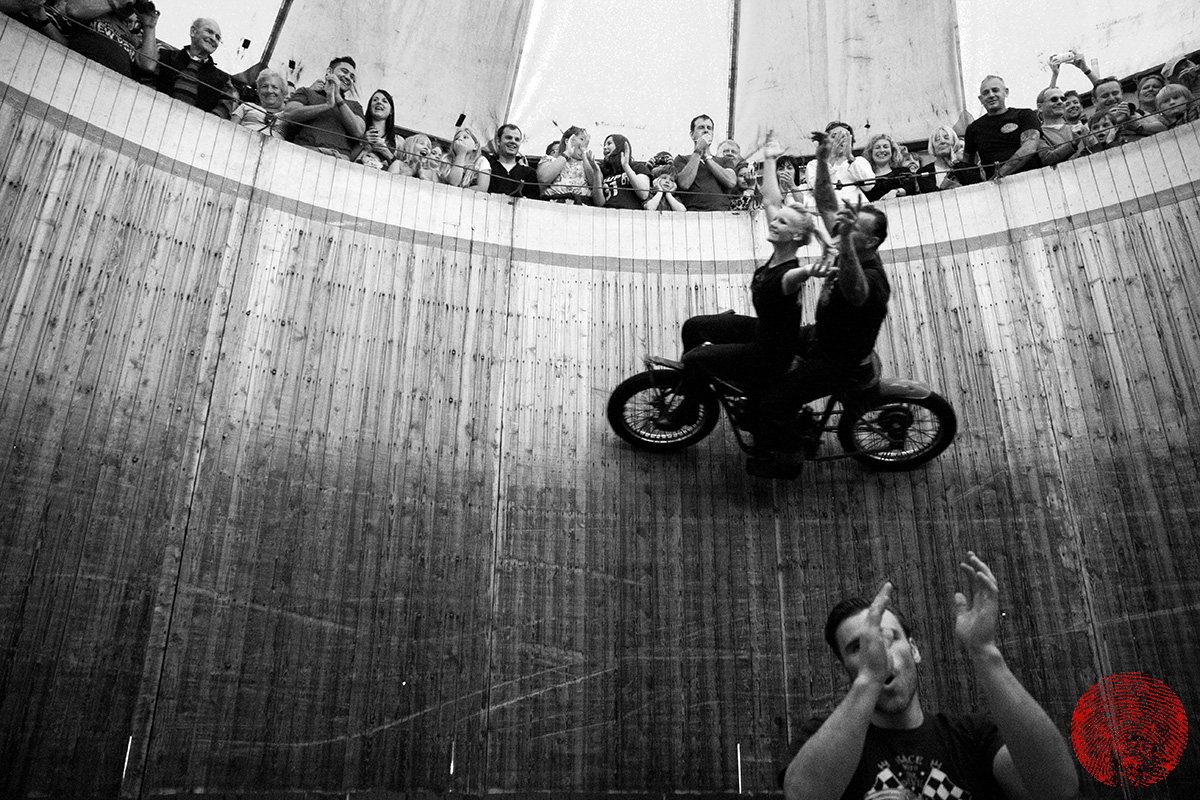
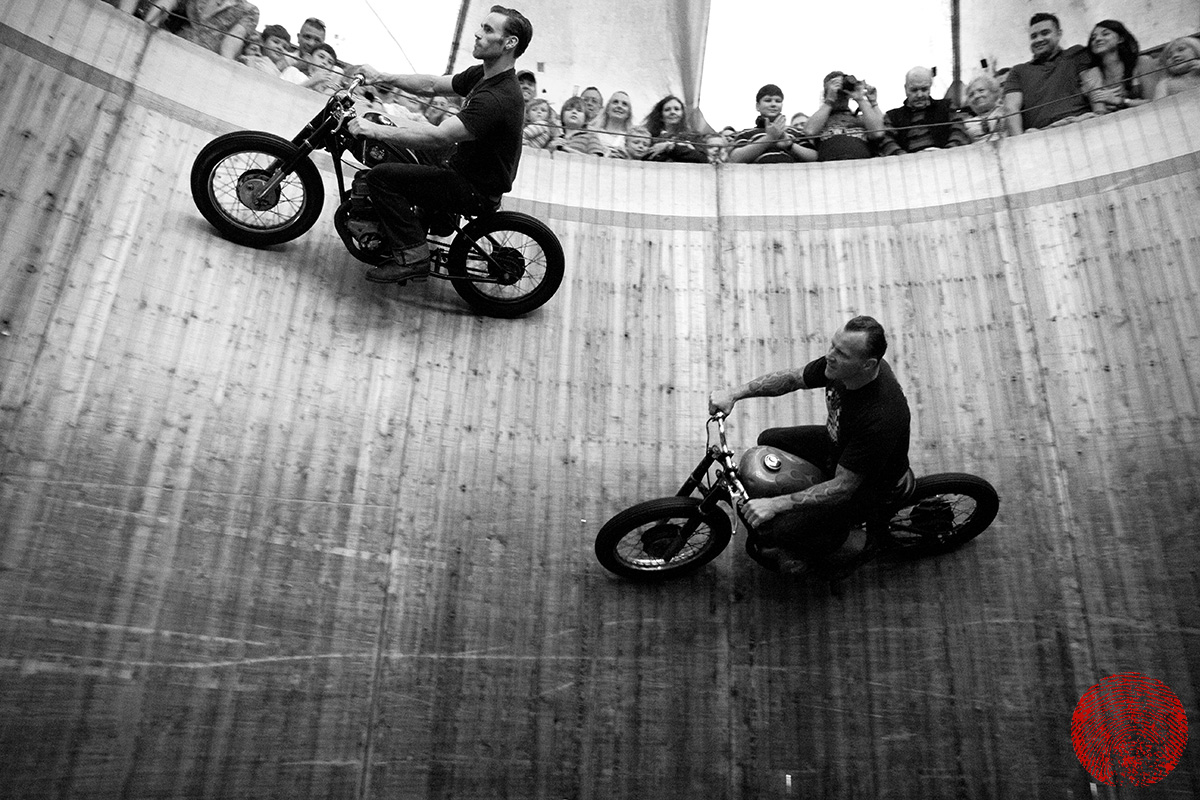
Posted on November 16, 2015

“For over 130 years
Our celebrated and original XX denim overalls
Have been before the public.
This is a pair of LEVIS
They are the original jeans
And have a reputation for durability known the world over.
Only selected materials have been used in their manufacture.
Every garment guaranteed
Exclusive XX special top weight denim
And sewed with the strongest thread.
We shall thank you to carefully examine the sewing finish and fit.
Caution: See that this pair bears the quality number which is XX and also our Trade Mark.
Levi Strauss”
What do you wear on your legs, most of the time? For an awful lot of people it’ll probably be a pair of denim jeans in one shade of blue or another, and they probably don’t take a second to think about them when they pull them on in the morning. If the pair of jeans that you fall into is a pair of Levi’s 501s (which they could well be) then as well as getting dressed, you’re also getting into a story; 100 years ago, in the foothills of the Appalachian Mountains in North Carolina, Levi Strauss & Co shook hands with two gentlemen named Caesar and Moses and the agreement still holds today. Caesar and Moses ran White Oak Mill, producing denim under the name Cone Mills and they had gained themselves a reputation for producing the best denim around. The agreement with Levi Strauss and Co gave Cone Mills the right to manufacture the denim used by Levi’s to produce their Lot 501 jeans (a red selvage) which went on to become their core product. It’s odd to think that, as fashion continually evolves, one constant item in many men’s wardrobes is actually a piece of clothing that celebrates its 100th birthday this year.
Posted on September 27, 2015
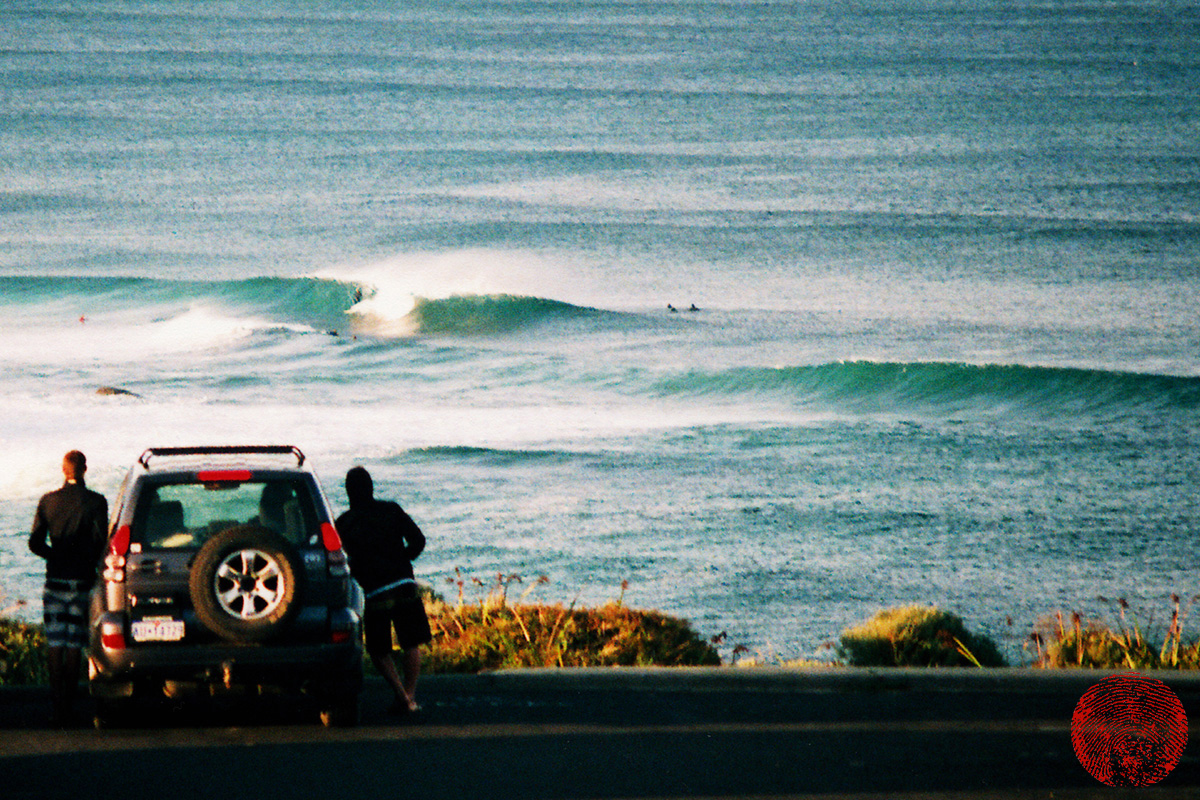
As a tribe, we gather in unusual locations. Our meeting places, where stories are shared and surf culture is perpetuated are not, I would argue, in the ocean – that is where we surf. In the water our conversations are often stilted and broken, interrupted by the catching of waves or made difficult by wind or distance. The ocean is where the stories occur and where legends are made, but it is often the parking lot that is the incubator of our culture. Almost anywhere where you can surf there is space nearby to park a car, whether it’s on the roadside, in a large tarmac lot, on a patch of dirt, or in a clearing in the sand dunes or forest. Sometimes where everybody parks is a walk away from the waves, but quite often the spot where you pull up, check the waves and get changed has a pretty good view of the surf. It’s where, in mid-winter, surfers hunch over their steering wheels with the windscreen wipers squeaking across the glass trying to keep warm whilst drumming up the motivation to pull on a wetsuit. It’s where we talk about the best sand banks and surf forecasts through rolled down windows, where we compliment each other on sick waves and look back at the sea whilst toweling off in the hope that it’s getting worse, not better, and where we take phone-photos to show our friends what they missed today. Most photos of waves aren’t taken by water-photographers swimming with a housing or stood on the sand with a zoom lens, they’re taken by surfers stood in the parking lot; how many surfers actually walk back down the beach to take a photo?
It’s in car parks where surfers stand with a coffee in the morning evaluating how accurate the forecast was and rescheduling their day around planned surfs, and where surfers lean on bonnets or sit on tailgates in the evening sharing beers and talking story. It’s in car parks where wax is gifted, where the secret of where car keys are stashed is guarded, and sometimes it’s where water-borne scores are settled.
The ocean is where we ride waves, and this is a personal and solo pursuit. The beach is, more often than not, just the thin band of sand that we run across to get to the water. For so many though, the car par is where we congregate. It’s where we are “surfers”, not just a surfer.
Posted on September 13, 2015
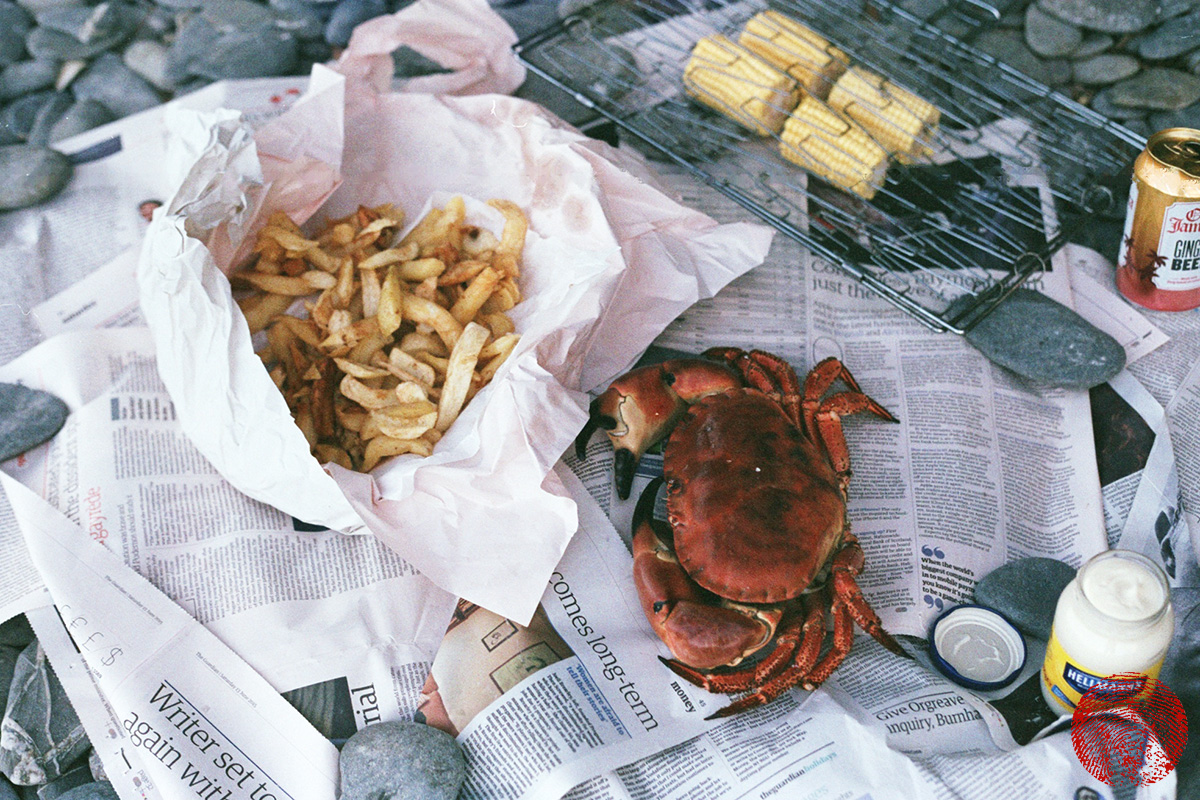
Last summer I published a couple of posts with recipes and suggestions for food to be cooked and eaten outside in the fresh air. This summer (because of various weekend weddings and work commitments) I had to snatch outside opportunities as and when they arose and so we ended up going on a few mid-week overnight micro-adventures, sleeping out in bivvy bags or just heading to the beach to make dinner rather than doing it at home. Smashed crab isn’t a recipe; it’s an assembly and it’s perfect for when time is tight and the decision to eat al-fresco is pretty last minute. There is one condition/requirement though, and that is that you can only really do it if you’re on the coast. Here goes:
- Buy yourself a cooked crab, preferably from the small boat fisherman who hauled in the pot. I picked one up for about £5 from the fisherman who’s cold store is at the top of the hill coming up from Chapel Porth beach near St Agnes in Cornwall. If you’re near Port Isaac (Cornwall) then you’ll be spoilt for choice. You don’t want a picked or dressed crab though, as that takes away most of the fun involved with this grown-up finger food.
- Pack a camping bowl, fork and teaspoon for each person, nut-crackers (if you have any), an old newspaper, a jar of mayonnaise, the remains of a block of butter, a fish-grill rack and corn-on-the-cob (from your fridge at home, or stop by a shop on your way to the beach). Go to your shed and grab a pin hammer or a small axe and some firewood.
- On your way to the beach, stop at a fish&chip take-away and buy a large portion of chips to share.
- Get to the beach and find your spot. Light a small fire (we have a little fire pit that we take with us, the size of a large cake-tin) if it’s possible to do so without ruining someone else’s enjoyment of the beach, and spread out the newspaper using pebbles to stop it form blowing away in the wind.
- Sandwich the sweetcorn cobs in the fish grill and cook them over the hot coals.
- Open the chips and jar of mayonnaise.
- Start pulling limbs off your cooked crab and use the pin hammer or the back of the axe to get at the meat inside, then get to work with the thin handle of your teaspoon to get all of the white meat out of the legs, claws and shoulders.
- Make a mess.
- Wipe you hands on a piece of newspaper then wrap all of the crab shells, greasy chip paper and other waste up in the newspaper to take home and put in the bin.
- Throw a few more pieces of wood on the fire and enjoy the rest of your evening on the beach as the sun sinks into the sea.
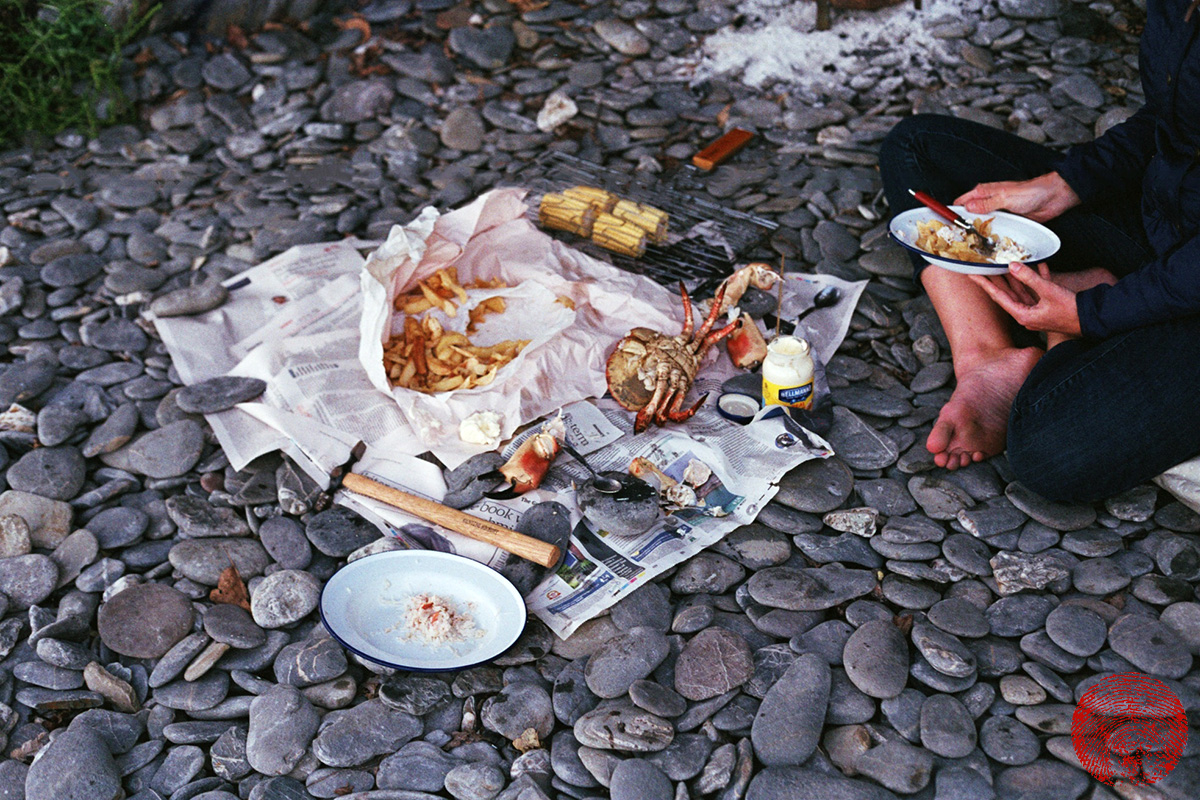
Posted on September 13, 2015
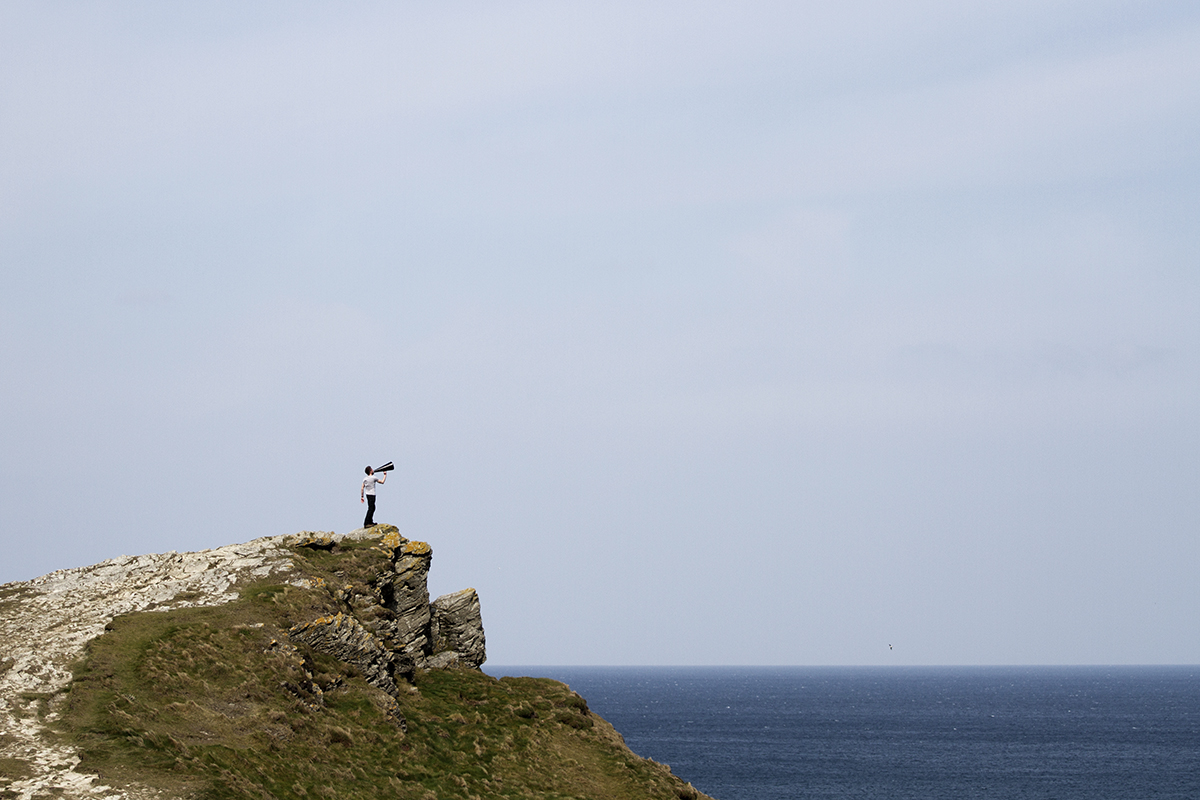
I have an apology to make to those of you who are dedicated readers of this blog, because over the past couple of months the regularity of my posts (which for over five years went out almost every Sunday) has wobbled somewhat. The reason is that for a little over a year now I have been transforming the way that I work and building a business beyond my freelance work, and for the past nine months or so this project has often taken precedence – resulting in the frequency of my postings to An Tor Orth An Mor becoming a little erratic. So, without further ado, let me introduce you all to Hailer; you can hold Hailer entirely responsible for the disruption to your Sunday evening browsing.
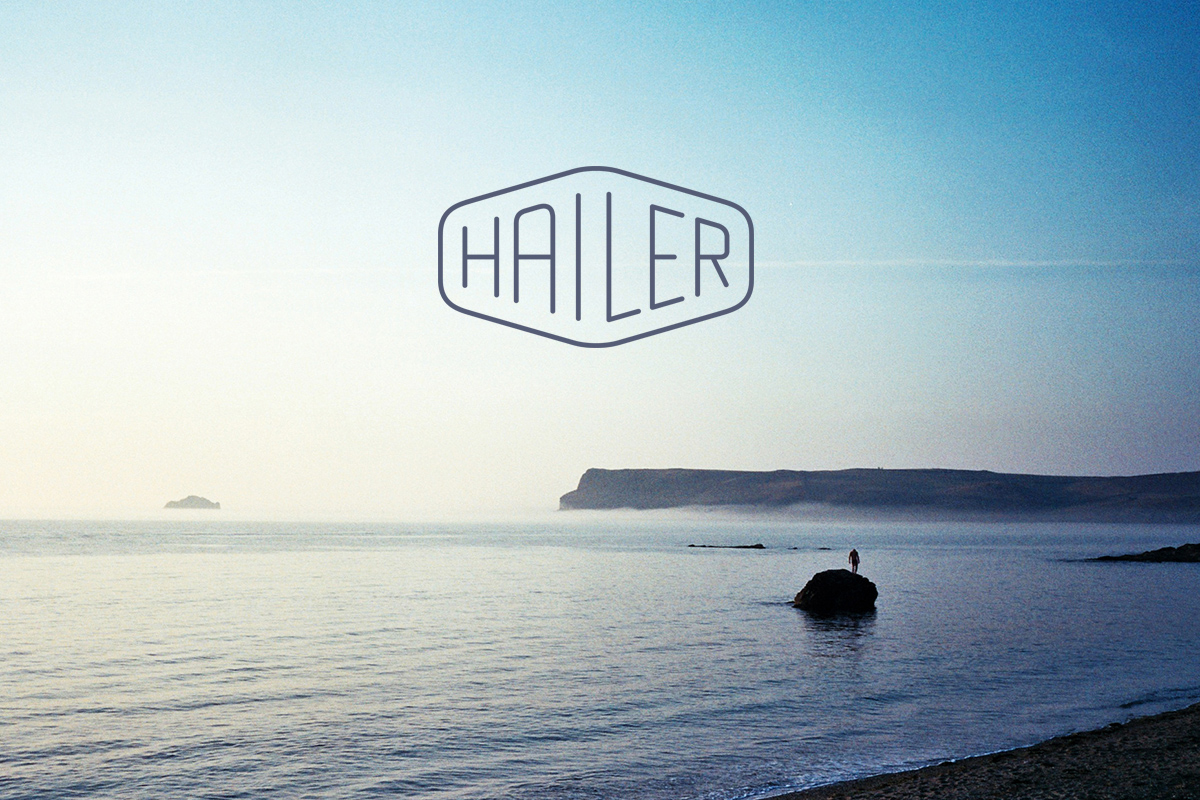
Hailer is a difficult entity for me to label easily, but it is essentially in the business of storytelling. You could pin such labels as “content marketing studio”, “digital marketing agency” or “brand growth consultancy” on it, and all are equally valid definitions and yet each one on its own doesn’t adequately describe what Hailer does. What Hailer does is craft the stories and imagery that define brands, grow followings and improve performance. If you’re interested in a more concise explanation and taking a look at the various client case studies then please head over and check out www.hailer.media, otherwise I’ll just be repeating myself in this post.
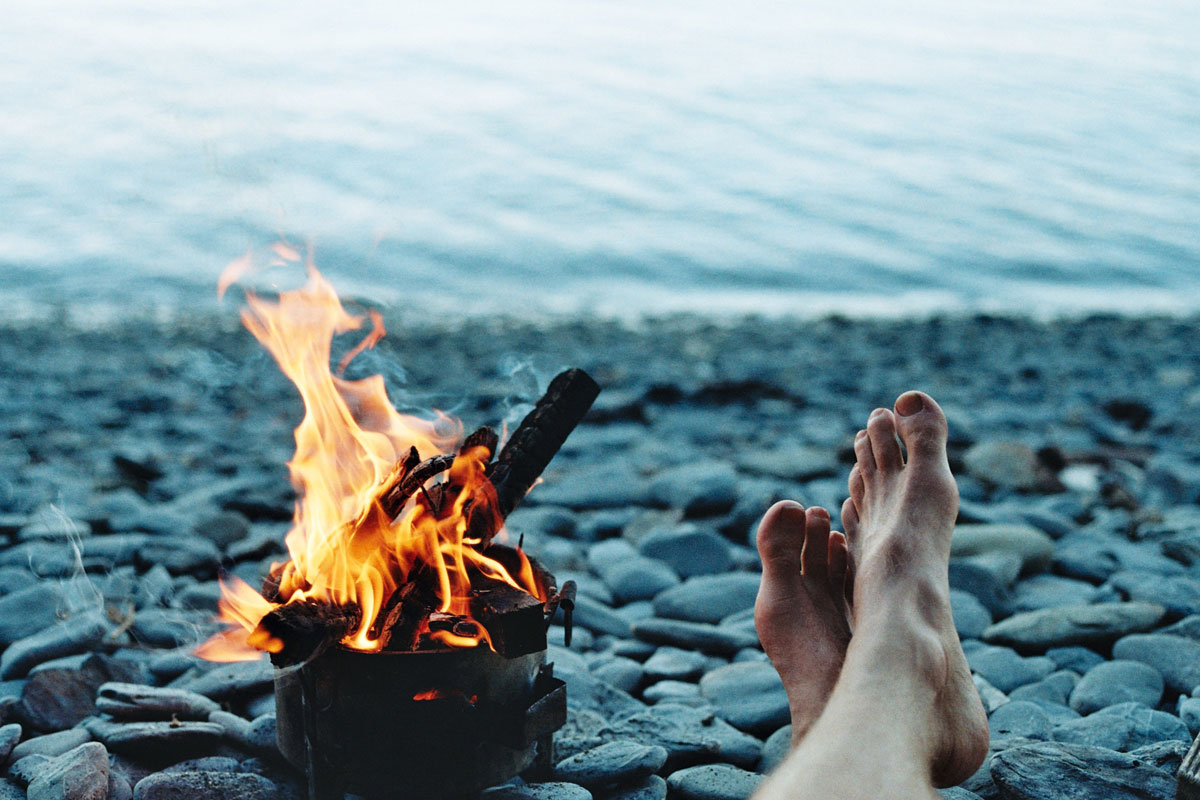
The development of Hailer isn’t the death knell for An Tor Orth An Mor, just a separation of my personal and freelance photographic work from the content that I produce regularly for a number of brands and businesses. I intend to return to producing regular posts for this blog and am developing a new home for it (watch this space), whilst
Hailer’s “notebook” blog will feature syndicated client work and news. If you like what you see on the website then may I suggest you give Hailer a follow on your social media platform of choice (
instagram,
facebook or
twitter) so that you can keep getting more of the same.
Here’s just a tiny taster…
Posted on July 29, 2015
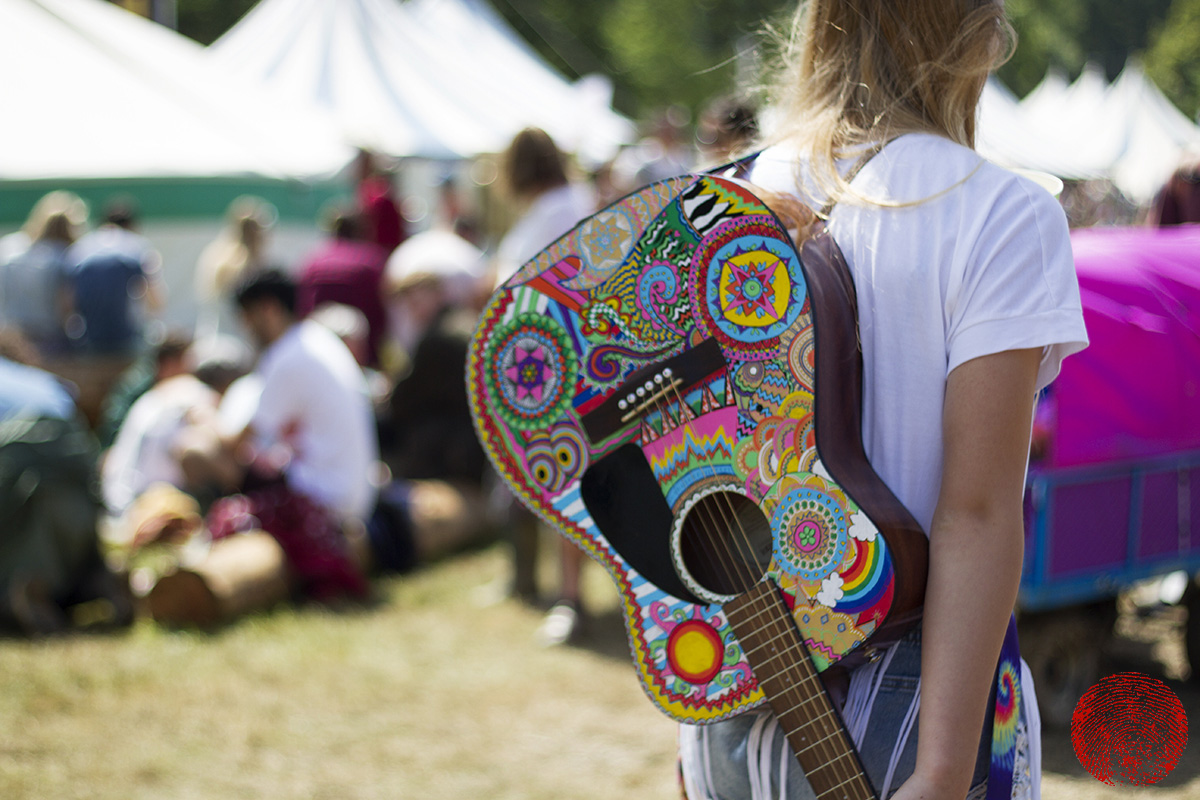
It would be fair to declare this year’s Somersault Festival, which took place this past weekend, a “Sunshine Sandwich” as the fledgling festival (now in its second year) enjoyed a Saturday of glorious British summer weather bookended on the Friday and Sunday by torrential downpours. Boy, did it rain, but in true Brit-festival style though the audience simply pulled on wellington boots and ponchos and kept on dancing whenever the raindrops started to fall (sometimes sideways), causing steam to rise from the crowds in front of the main stage and the entire site to become a gigantic mud-pit.
I was fortunate enough to attend this year’s event as an exhibiting photographer for the festival’s chosen charity Surfers Against Sewage, and a set of my images of marine plastic pollution (a number of which were produced specifically for this exhibition) were displayed in reclaimed wood frames around the two SAS tents. It was a real honour to be asked to exhibit for SAS, a charity who do incredible work campaigning for the health and ongoing protection of our coastlines and oceans, and it also meant that I got to attend the festival (and pitch our tent right next to my car in the “Artists and Guests” campsite – probably the only benefit of the fancy red wristband that I was given, but possibly the best considering the weather). SAS hosted a number of talks in their big, blue, tent as part of their “Ocean Lectures” series with speakers including wooden surfboard maker James Otter, scientist and surf explorer Dr Easkey Britton, Finisterre founder Tom Kay, round Britain and Ireland solo sea kayaker Joe Leach and big wave surfer Andrew Cotton – who I led a very last minute Q&A session with onstage when SAS campaigns officer and festival lead Dom Ferris had to dash off to do a radio interview. There were daily handplane making workshops run by Otter Surfboards, music workshops with musician Millie Upton and a very special exclusive performance by Rae Morris who played to a packed tent just before her appearance on the main stage on Saturday. In amongst all of this the team of SAS regional reps and volunteers collected signatures for their Marine Litter Petition, sold raffle tickets and signed up new members from amongst the festival audience – they worked tirelessly despite some awful weather, and were a pleasure to share the weekend with. There was more to Somersault than just the SAS tent, however, and I got to watch The Staves perform (they are wonderful, but every time I have seen them live it has rained so hard that I have been soaked to the skin), as well as the wonderful Mankala Band, Bombay Bicycle Club, Jimmy Cliff, Cornwall’s very own Rogue Theatre, and the incredible Young Blood Brass Band who rounded out a great weekend of music and good times. When the rain wasn’t completely rodding it down, I managed to pull my camera out and fire off a few shots, so if you couldn’t make it this year then you can see what you missed and make sure that you get in nice and early next year. Enjoy:
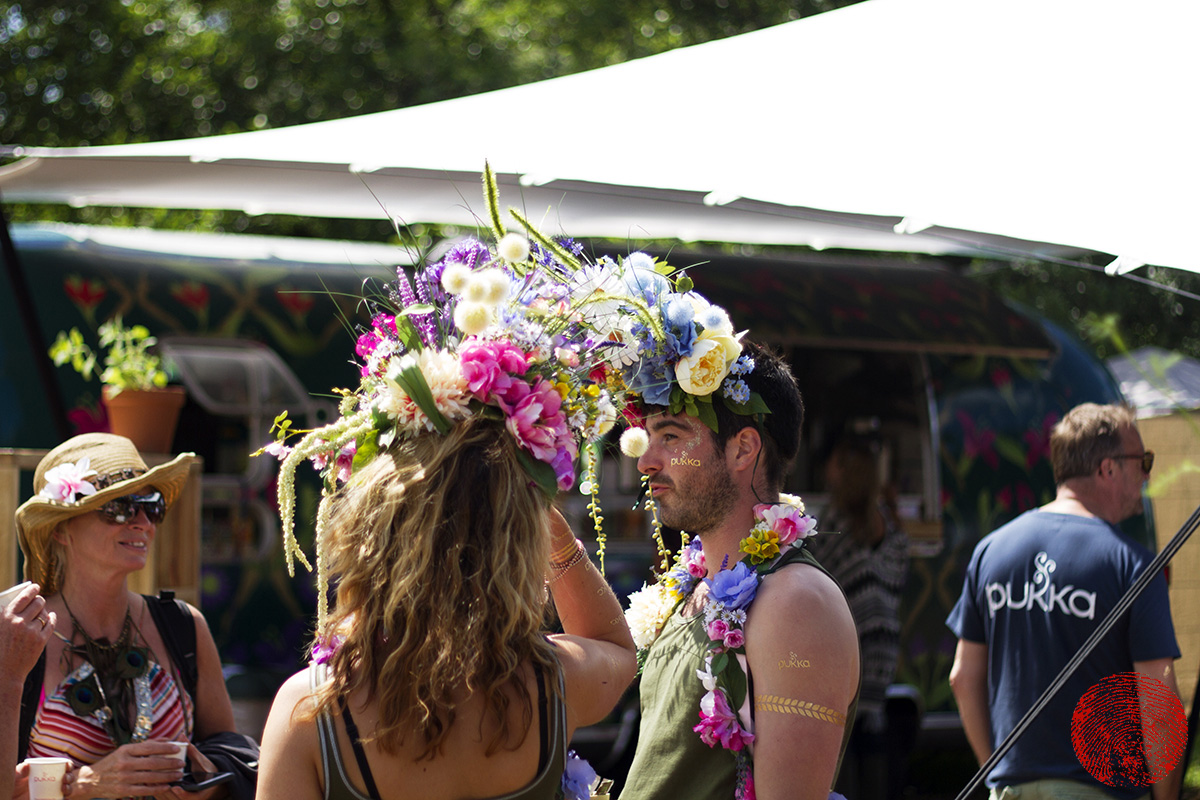 It wouldn’t be a music festival without some outrageous flower garlands.
It wouldn’t be a music festival without some outrageous flower garlands.
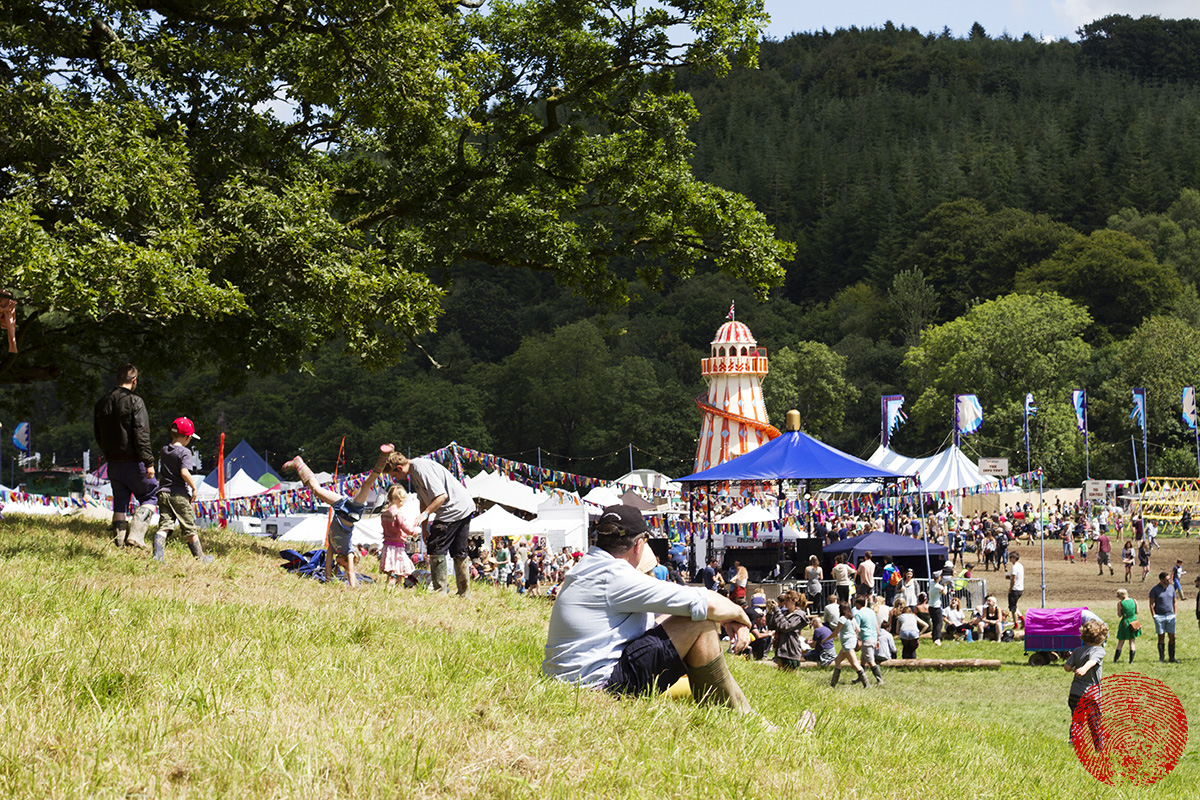 A view of the “southern” arena, on the western bank of the River Bray at Castle Hill Estate in North Devon.
A view of the “southern” arena, on the western bank of the River Bray at Castle Hill Estate in North Devon.
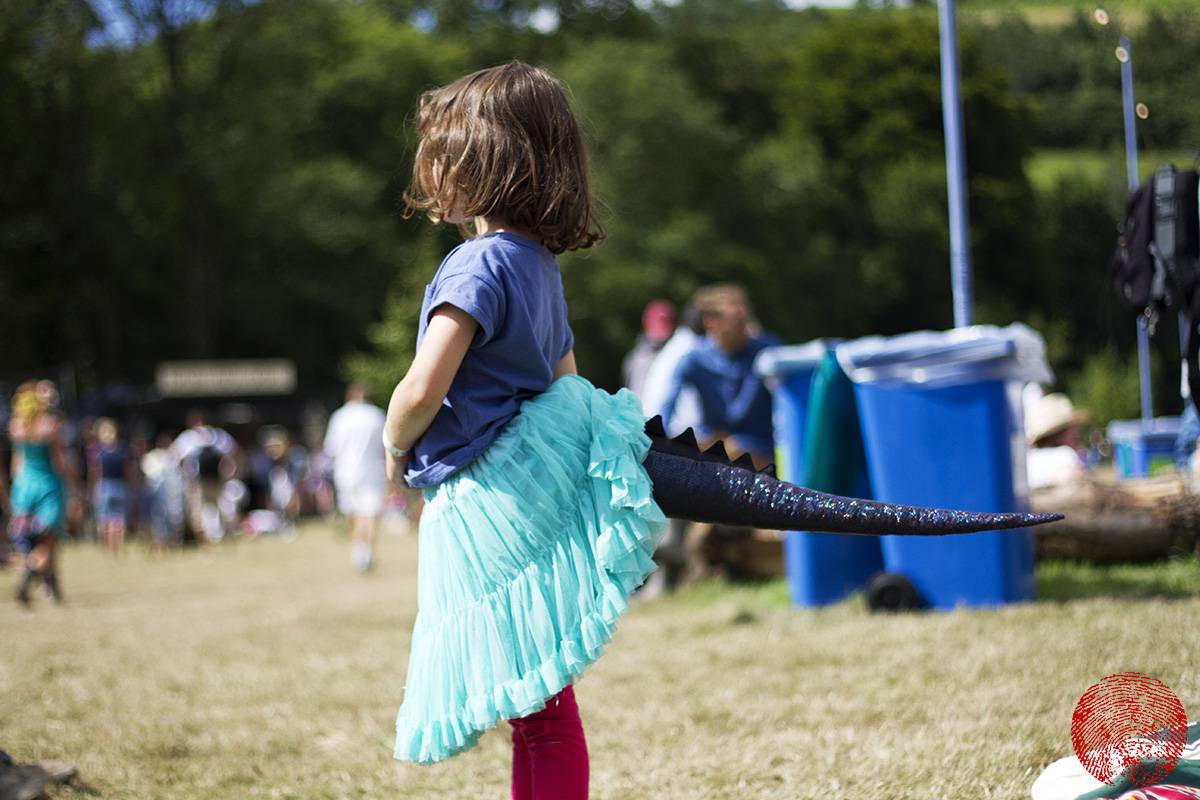 Somersault is fantastically family friendly, and there were heaps of little monsters dancing around.
Somersault is fantastically family friendly, and there were heaps of little monsters dancing around.
 Somersault’s main stage on the sunny Saturday.
Somersault’s main stage on the sunny Saturday.
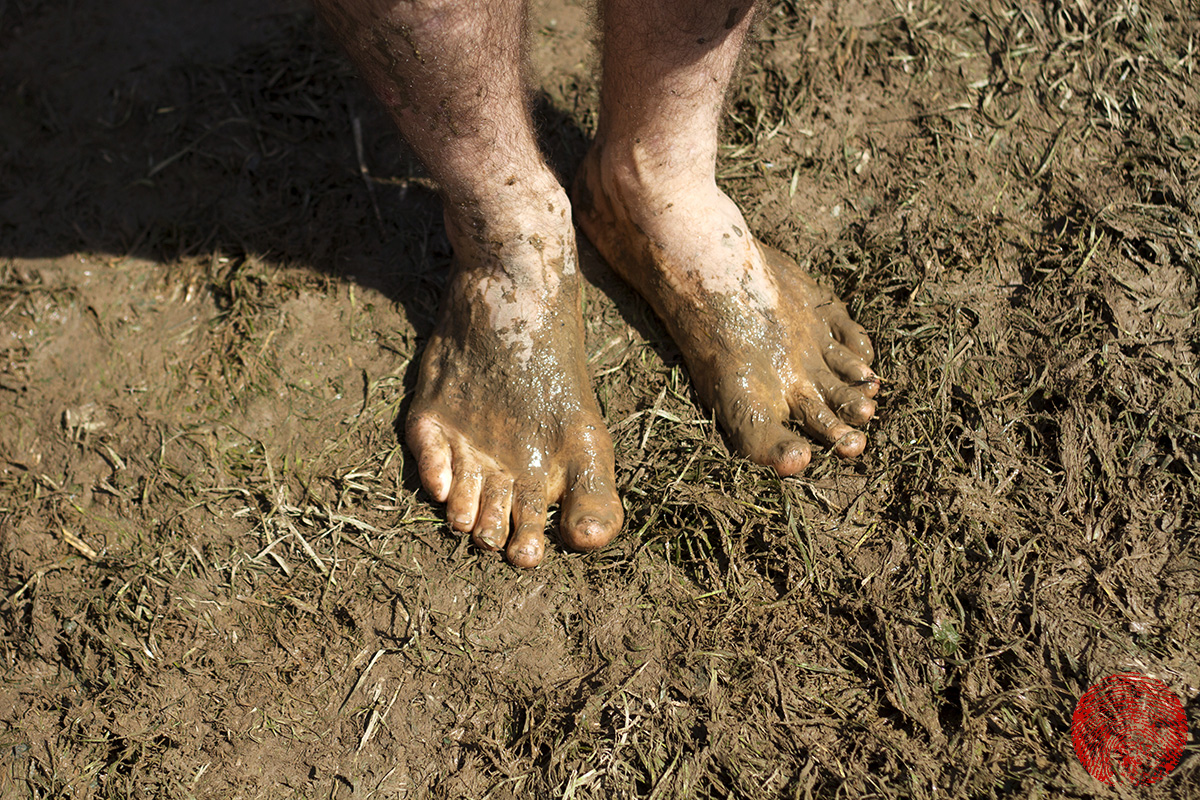 After the rain there were two footwear options available: wellies, or nothing at all.
After the rain there were two footwear options available: wellies, or nothing at all.
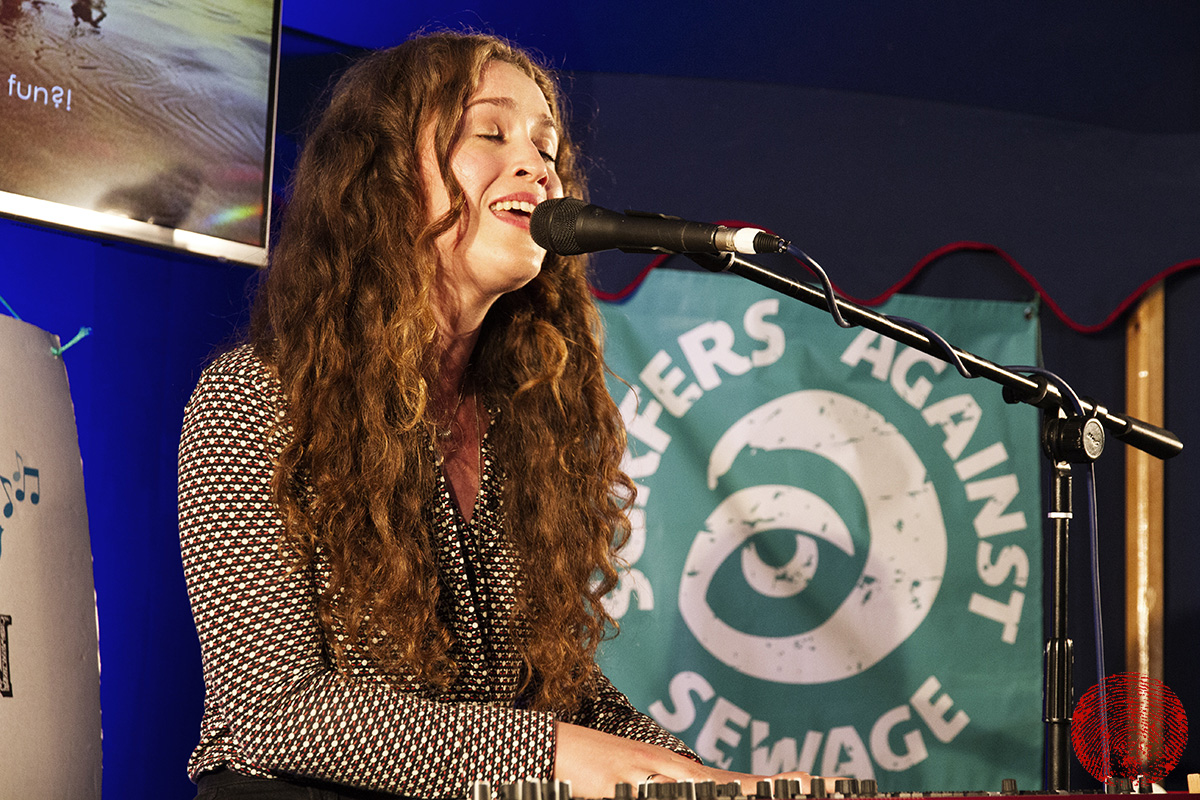 Rae Morris performing an exclusive gig in the SAS tent.
Rae Morris performing an exclusive gig in the SAS tent.
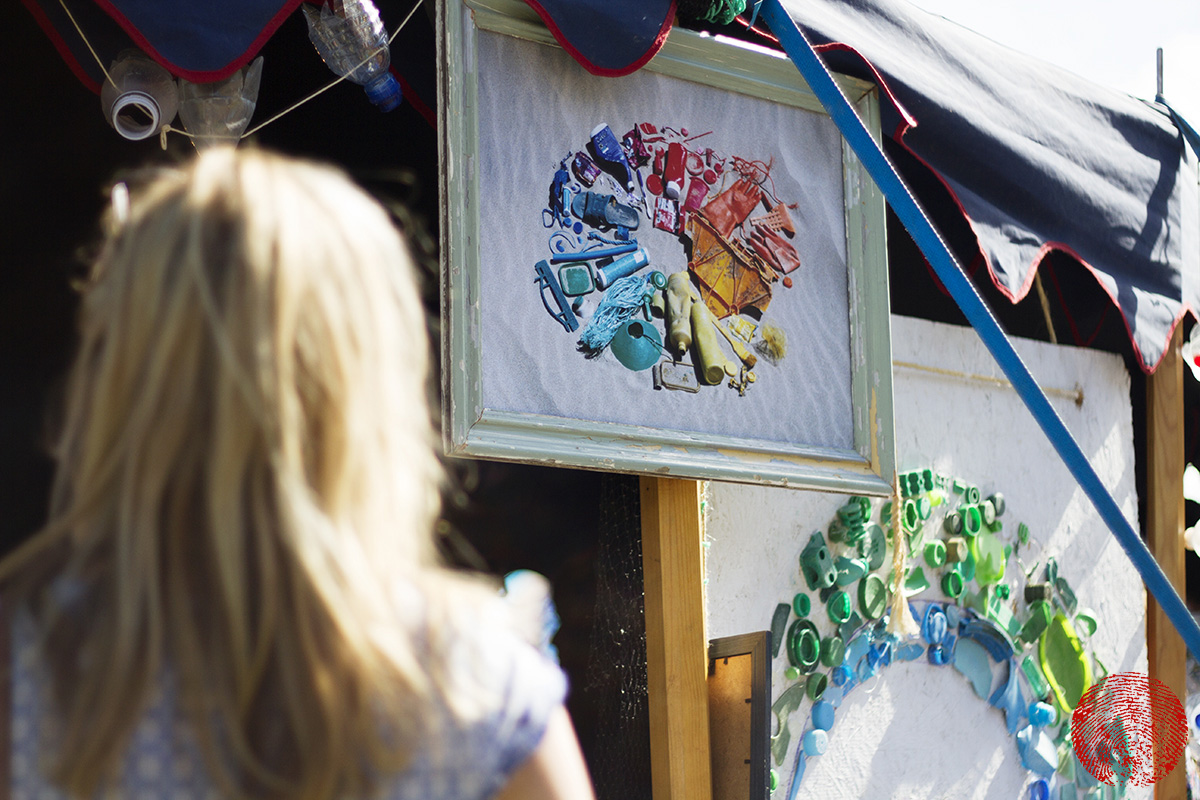 My “Colour Wheel” image on display outside the SAS tent.
My “Colour Wheel” image on display outside the SAS tent.
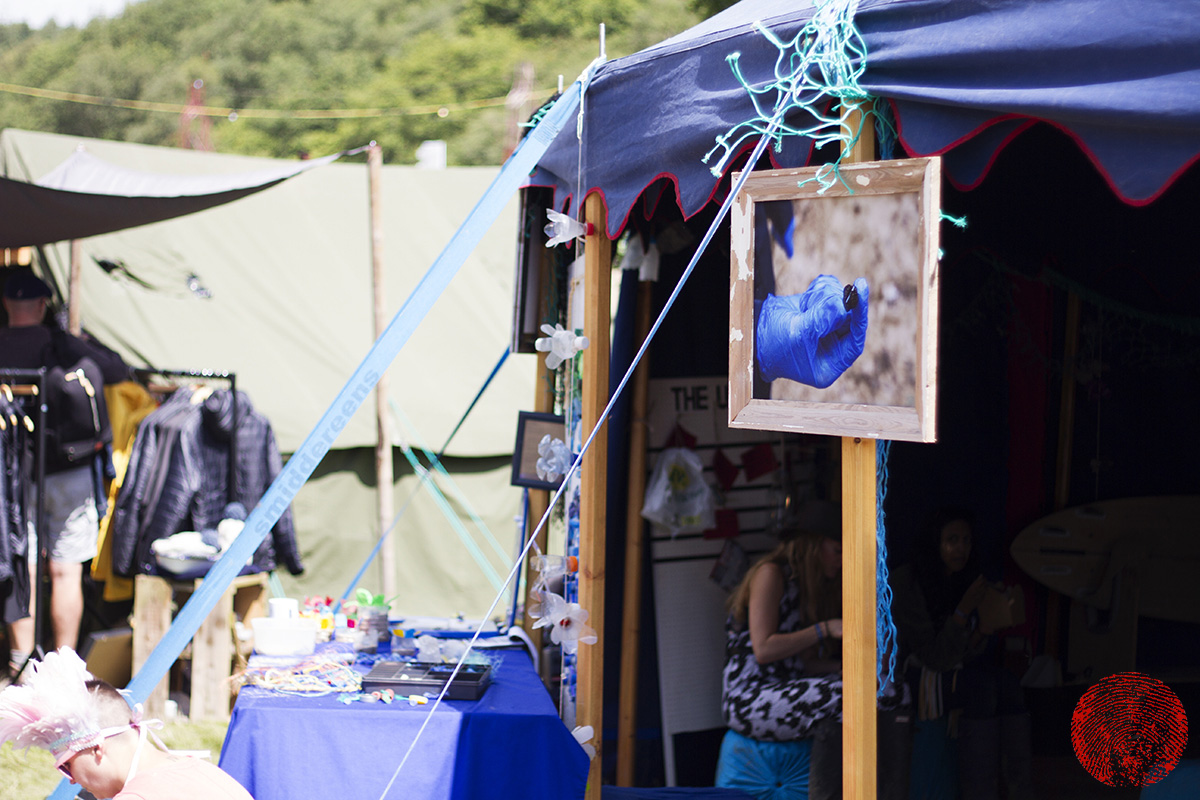 “The Problem In A Nutshell” offering a bit of blue on the outside of the blue SAS tent.
“The Problem In A Nutshell” offering a bit of blue on the outside of the blue SAS tent.
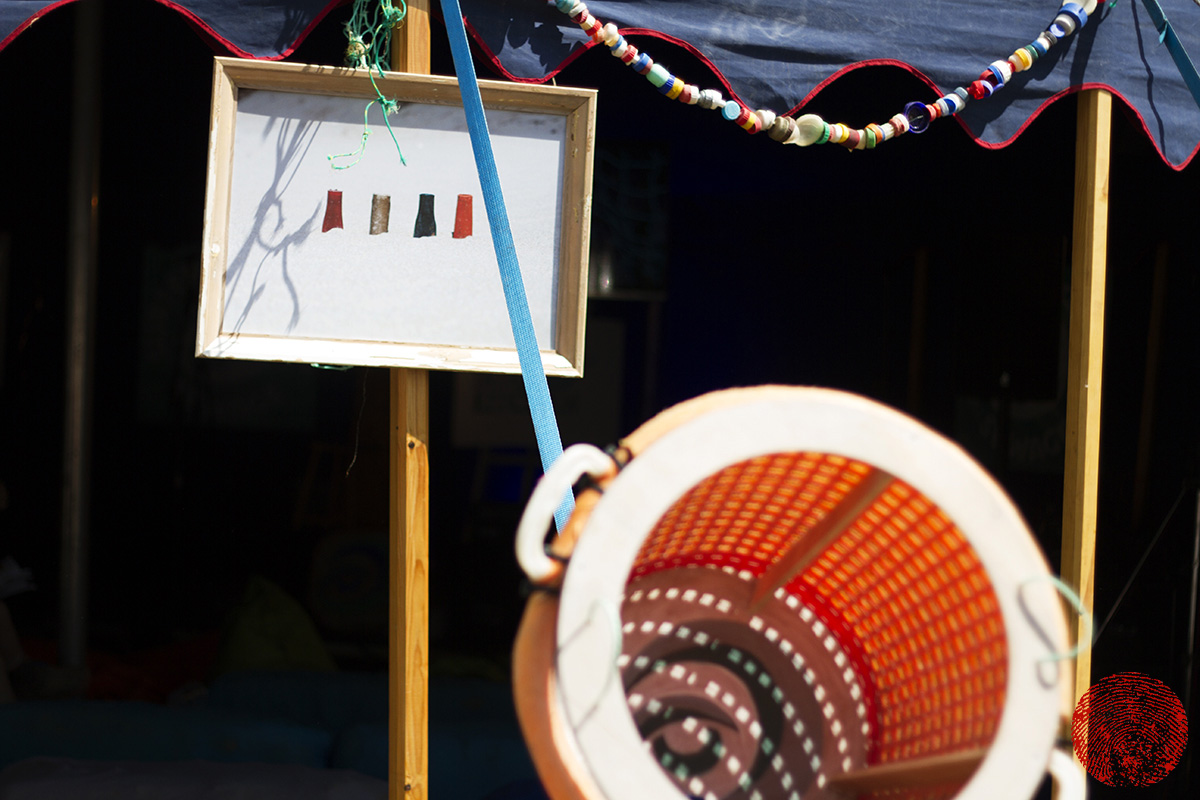 My “Firing Squad” photograph showing a line-up of shotgun cartridges found on a Cornish beach, which probably originated on the east coast of Canada during their water-fowl hunting season.
My “Firing Squad” photograph showing a line-up of shotgun cartridges found on a Cornish beach, which probably originated on the east coast of Canada during their water-fowl hunting season.
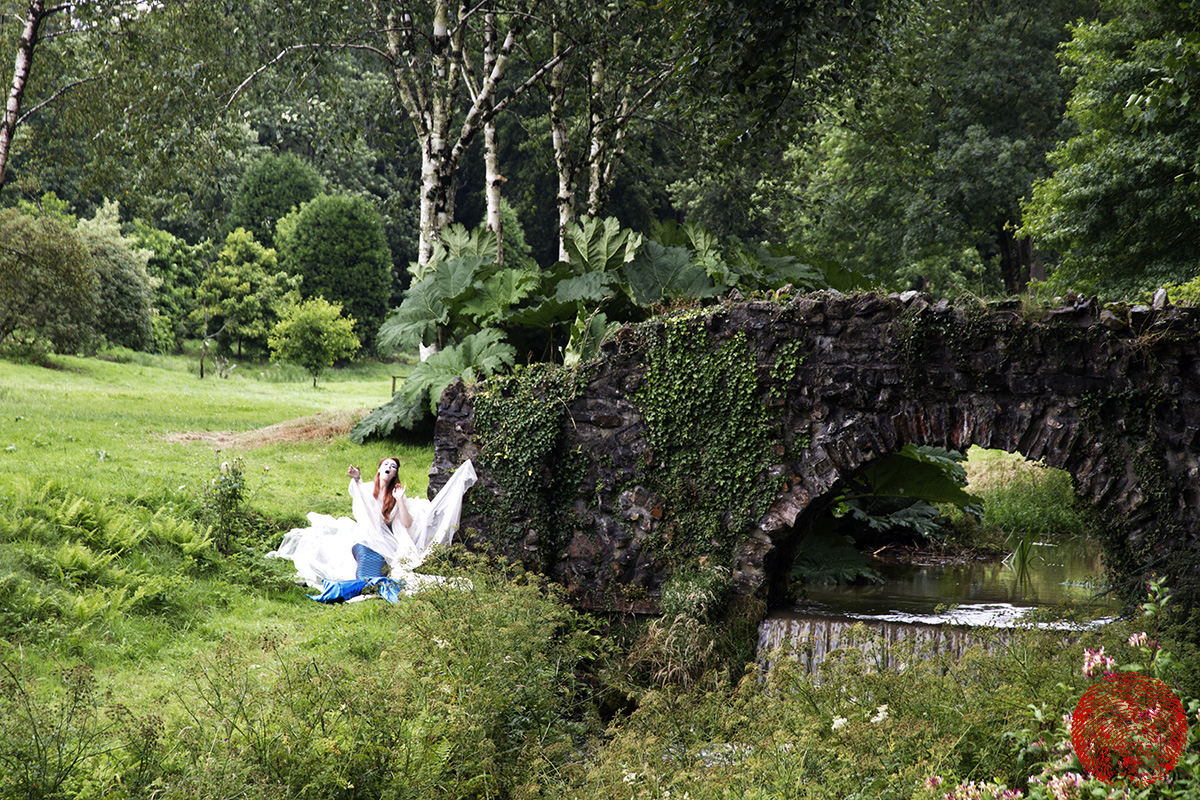 Rogue Theatre brought their incredible woodland show to the gardens of the Castle Hill Estate.
Rogue Theatre brought their incredible woodland show to the gardens of the Castle Hill Estate.
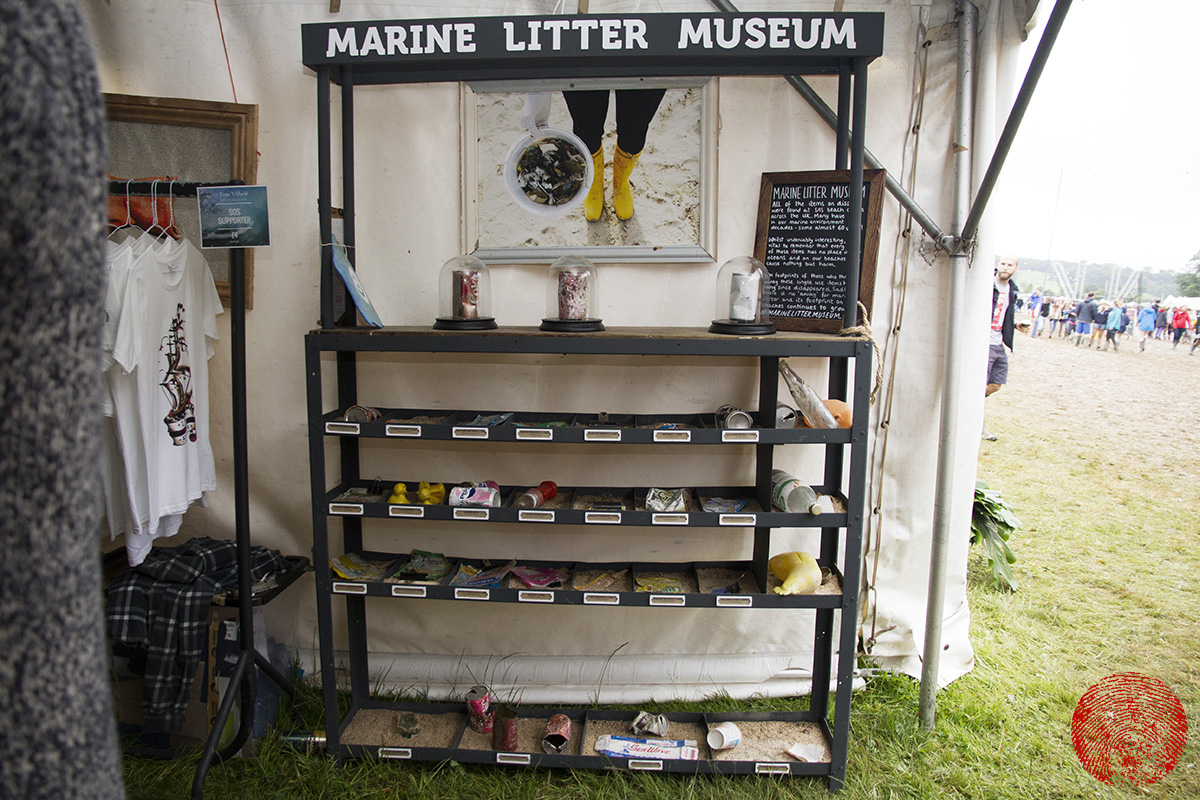 Surfers Against Sewage’s Marine Litter Museum (with an image of mine hanging above it) shows the age of some items found on beaches, demonstrating how litter persists in the marine environment for decades.
Surfers Against Sewage’s Marine Litter Museum (with an image of mine hanging above it) shows the age of some items found on beaches, demonstrating how litter persists in the marine environment for decades.
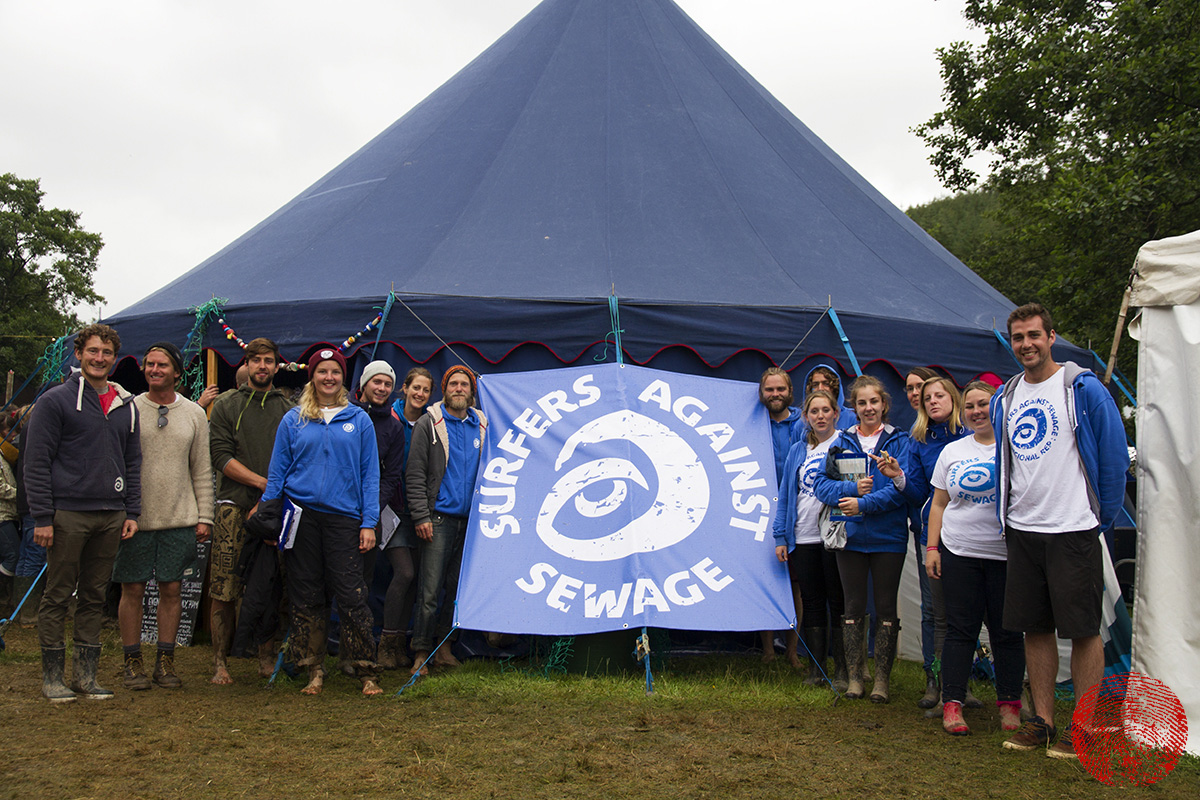 The wonderful team of SAS regional representatives and lead volunteers (flanked by Campaigns Officer Dom on the left and Reps & Volunteer Co-ordinator Jack on the right) who worked tirelessly all weekend in some awful weather to share the charity’s message and engage festival-goers with their campaigns. Thanks so much for having me along guys. Please check out the wonderful work that they do and give them your support here.
The wonderful team of SAS regional representatives and lead volunteers (flanked by Campaigns Officer Dom on the left and Reps & Volunteer Co-ordinator Jack on the right) who worked tirelessly all weekend in some awful weather to share the charity’s message and engage festival-goers with their campaigns. Thanks so much for having me along guys. Please check out the wonderful work that they do and give them your support here.












































